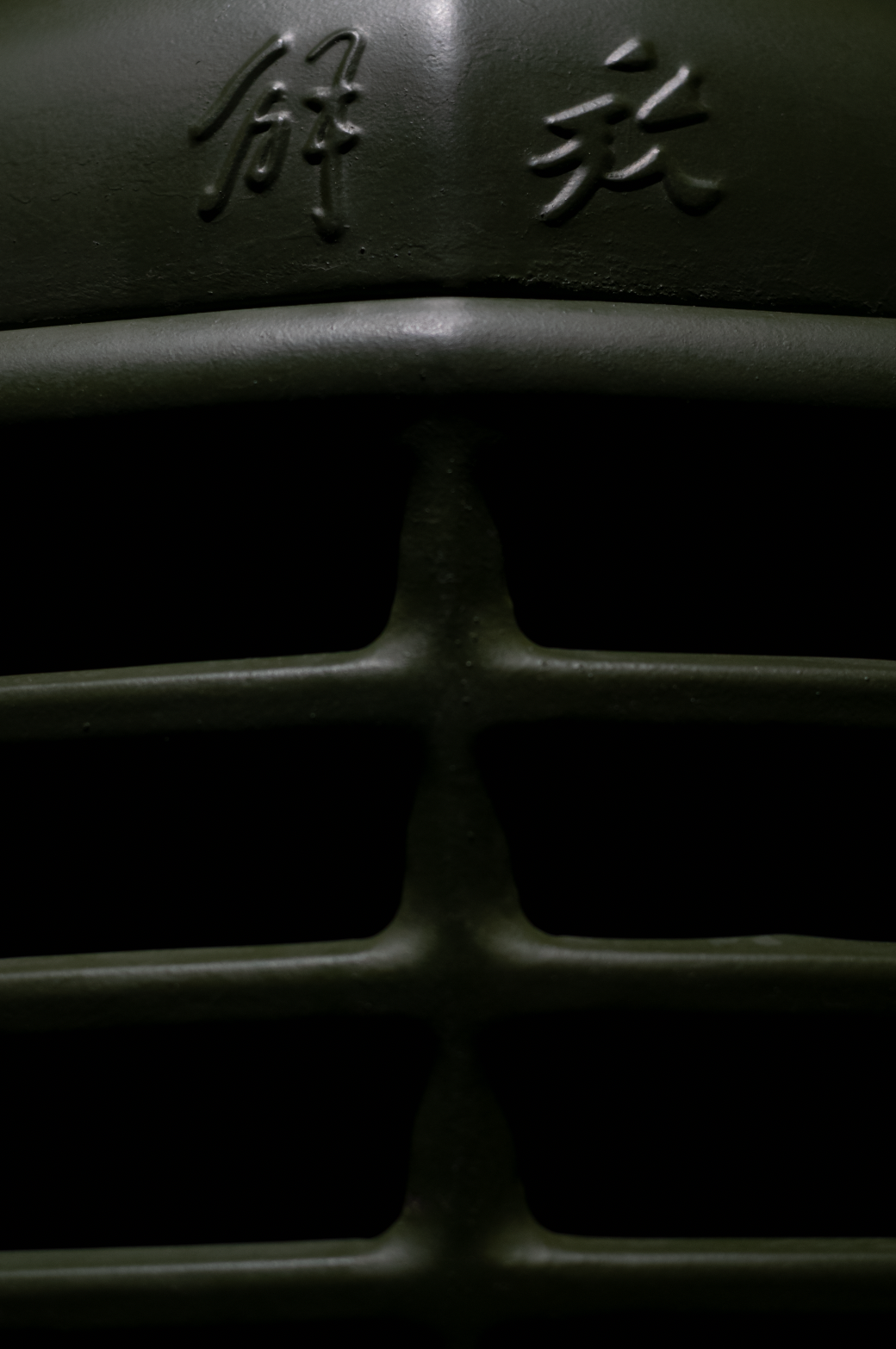



陈秋实的创作以自身被抛入的历史语境为起点,试图在伦理,近代史及当下社会状态相交的暧昧契机中,将摄影及其衍生图像视为与思想史遗产最直观的沟通方式。
其作品并非意在诠释当代摄影路径及图像形式的可能性,而是以其方法论及图式为契机,以期寻找图像与人性的螺旋交往史。
他认为当代影像艺术除了着重于学科方法或新的案例批判外,
还需基于本土语境持续发掘图像生产、交换机制与个体(集体)相对恒久的欲望情感间发生的巧妙制衡与维系。
Qiushi's works start from the historical context he is thrown into. In the ambiguous opportunity of the intersection of ethics, modern Chinese history and the current social state, he regards photography and its derivative images as the most intuitive way of communication between the heritage of intellectual history and the current social ecology.
His works are not intended to interpret the path of contemporary photography and the possibilities of image forms,
but to take that methodology and schema as an opportunity to find the spiral history of interaction between images and human nature.
He believes that contemporary photography should not only focus on the innovation of disciplinary methods or new case critiques,
but also on the continued exploration of the subtle checks and balances between the mechanisms of image production and the relatively constant desires of individuals (collectively) based on the local context.
记忆
Memory
借助人工智能对图像的编纂与重组,记忆仿佛不在在乎真实与否。
With the help of artificial intelligence in editing and reorganizing images, memory seems to no longer care about authenticity.






方针
Guiding Principle
人们常对“红色影像”中的事件与视觉范式抱以追问,我却对晋察冀作为地理区位如何作为20世纪中国革命视觉文化经验起点产生好奇。通过对资料的查阅与视觉宣传机制的研究,以及媒介学意义上“红色影像”发生的可能,我试图将革命者创作中的形式动机在当下晋察冀地域中还原,在对视角与心理体验的描述中,溯源这一左翼革命及社会主义现实主义影像诞生的源点。当植被、隘口、阴翳取代意识形态的符号时,我们似乎可以更加确切的体验到历史叙事的主观动机。
People often question the events and visual paradigms in the "red image" of the Communist Party of China, but I am curious about how the geographical location of "Jin Cha Ji" serves as the starting point for the visual cultural experience of the 20th century Chinese revolution. Through the study of materials and visual propaganda mechanisms, as well as the possibility of "red images" occurring in the sense of media science, I attempt to restore the formal motivation in revolutionary creation in the current "Jin Cha Ji" region. In the description of perspective and psychological experience, I trace the origin of this left-wing revolution and socialist realism image. When vegetation, passes, and shadows replace ideological symbols, we seem to be able to more accurately experience the subjective motivation of historical narrative.














照片的僭越/线索的消失
The Arrogation of Photographs/The disappearance of clues
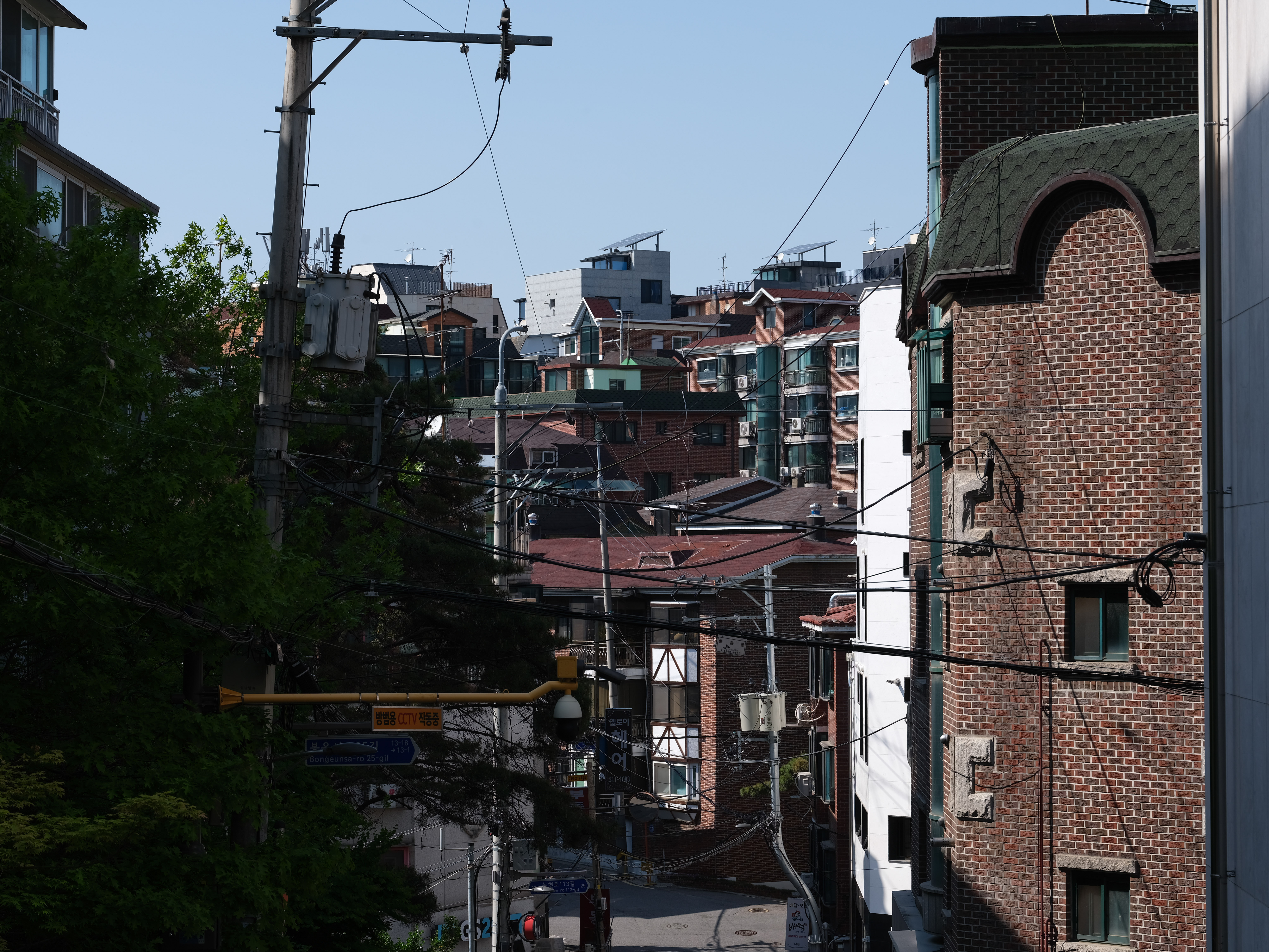
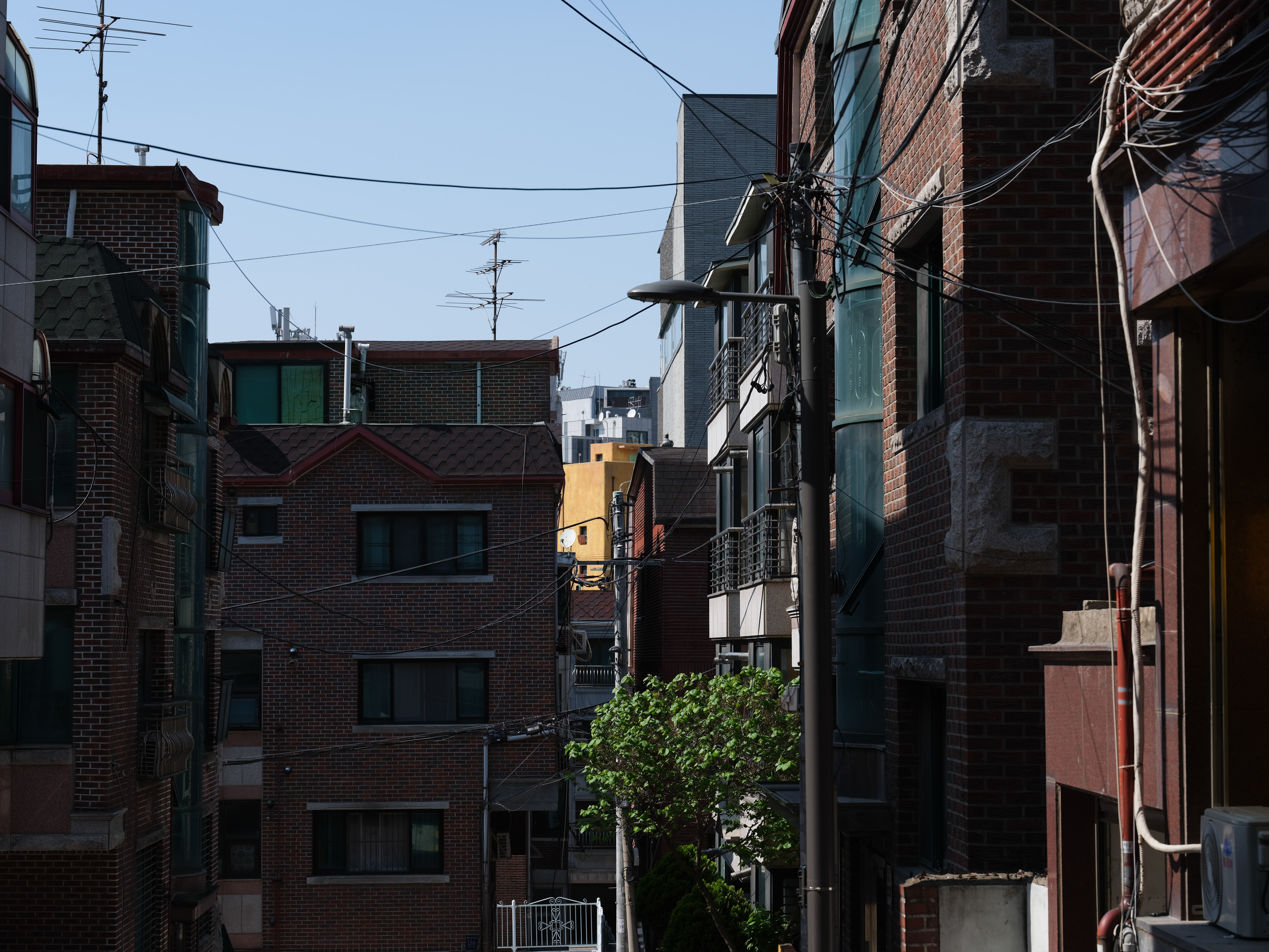



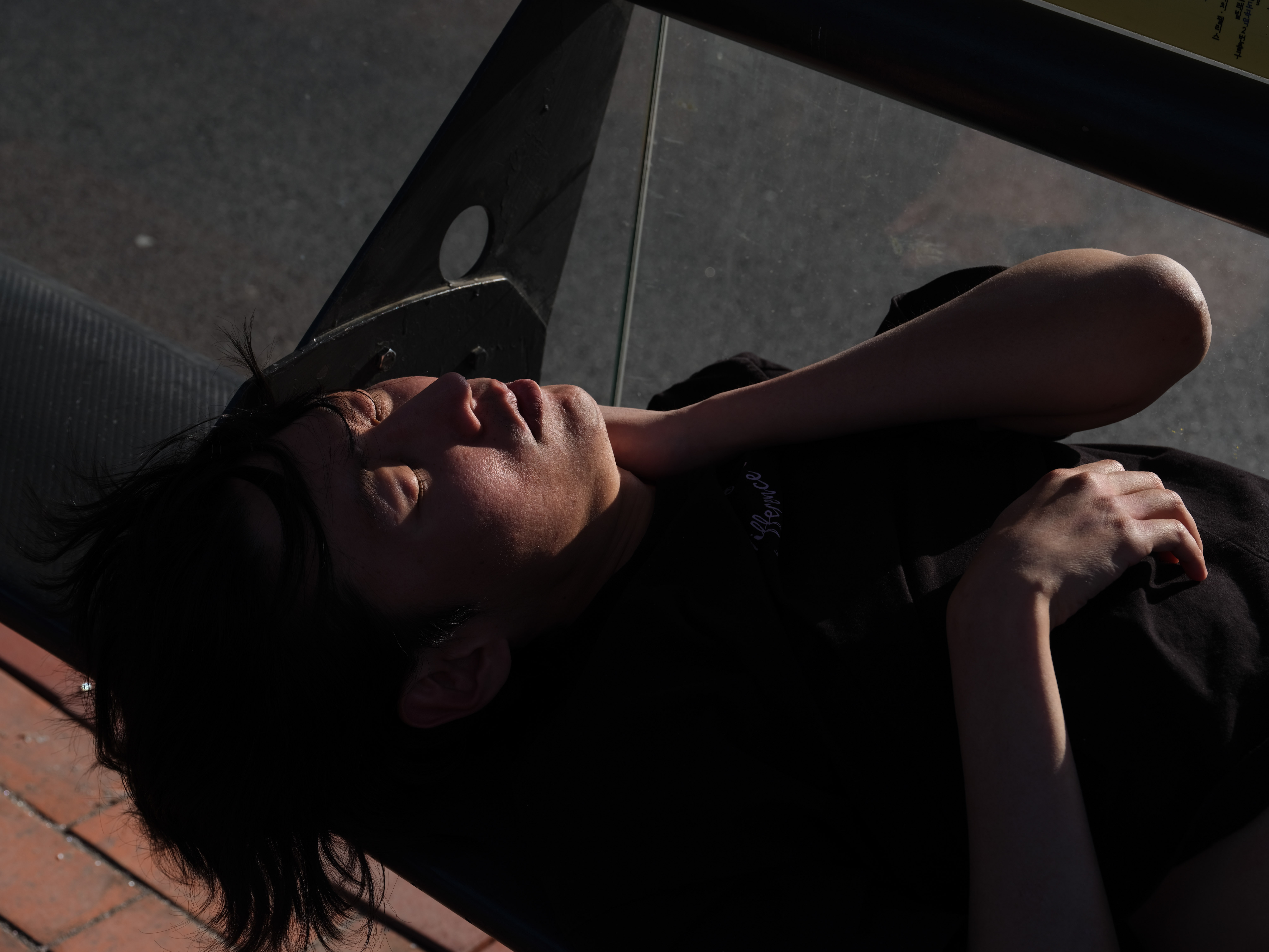
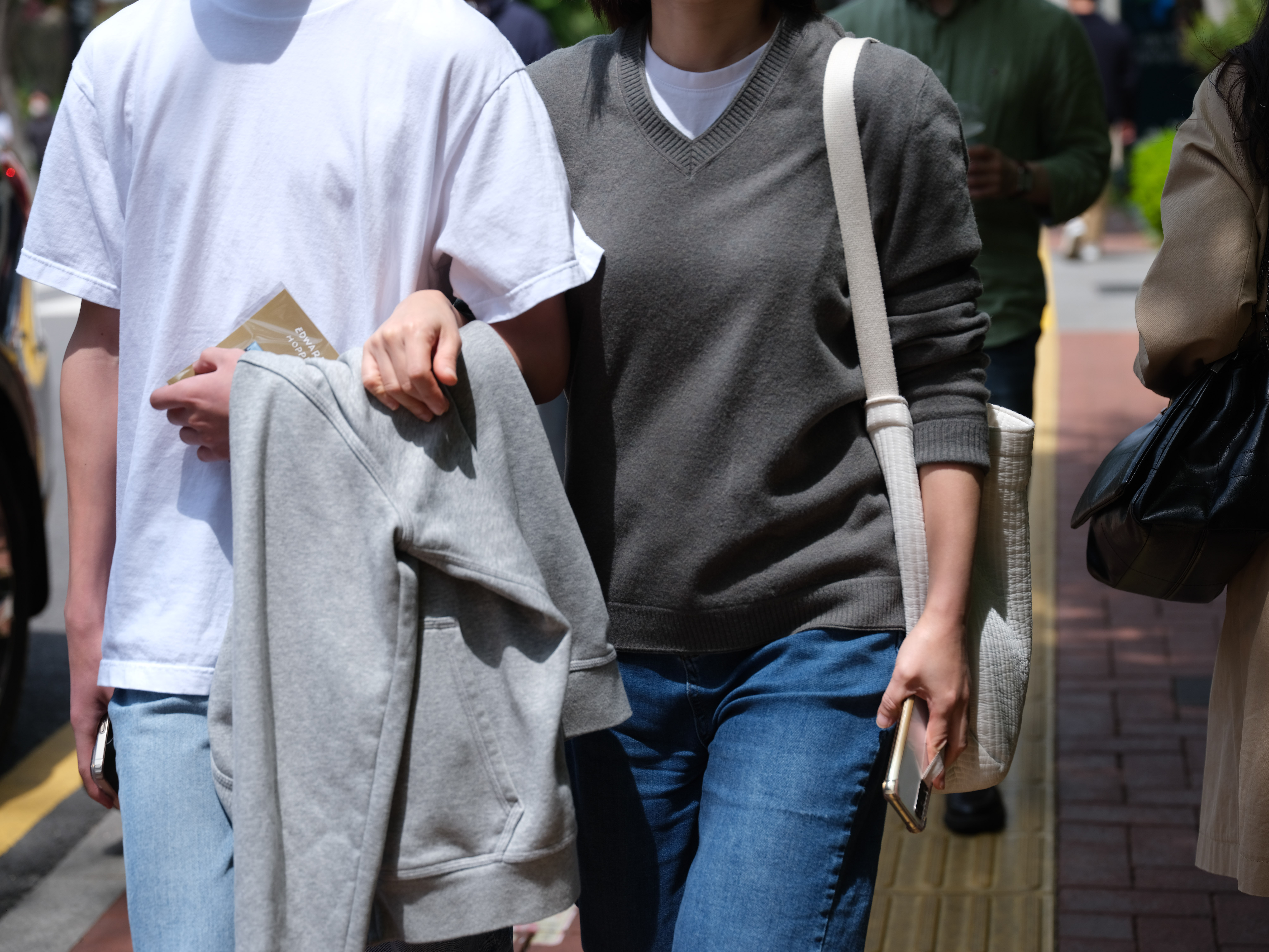


症状即药方
Taking symptoms for medicine
崇拜、艺术、再现,这些共存于照片。而我感兴趣的是它们隐居于从现实变为图像的过程。如今图像浸入我们的生活、工作,而与旧日不同,生产却不再意味着拥有解释的权力。
我开始对图像意义在文化间的往复转变或是共通产生疑惑,并开始以图像志的方式在异国拍摄下许多“母题照片”,以期显现出图像在不同状态下面对现实的反应。它可以是个人日记,也可以是意义交换市场中的某种货币。
通过作品,我得以看到图像是如何成为欲望与现实的中转站,也得以反思如今社会中图像交换所附带的牺牲与交易。
Worship, art, reproduction, these co-exist in photographs. And what interests me is their seclusion in the process of changing from reality to image. Nowadays, images are immersed in our lives and work, and unlike the old days, production no longer means having the power of interpretation.
In the midst of my doubts about the repeated transformation of the meaning of images, I take a lot of photographs in the way of iconographic motif, with various types of film or digital, with ready-made, and with different aesthetic rhetoric, in order to reveal how images react to reality in different states.It can be a personal diary or a kind of currency in the market of meaning.
Through the works, I can see how images become a transit point between desire and reality, and reflect on the sacrifices and transactions attached to the exchange of images in today's society.
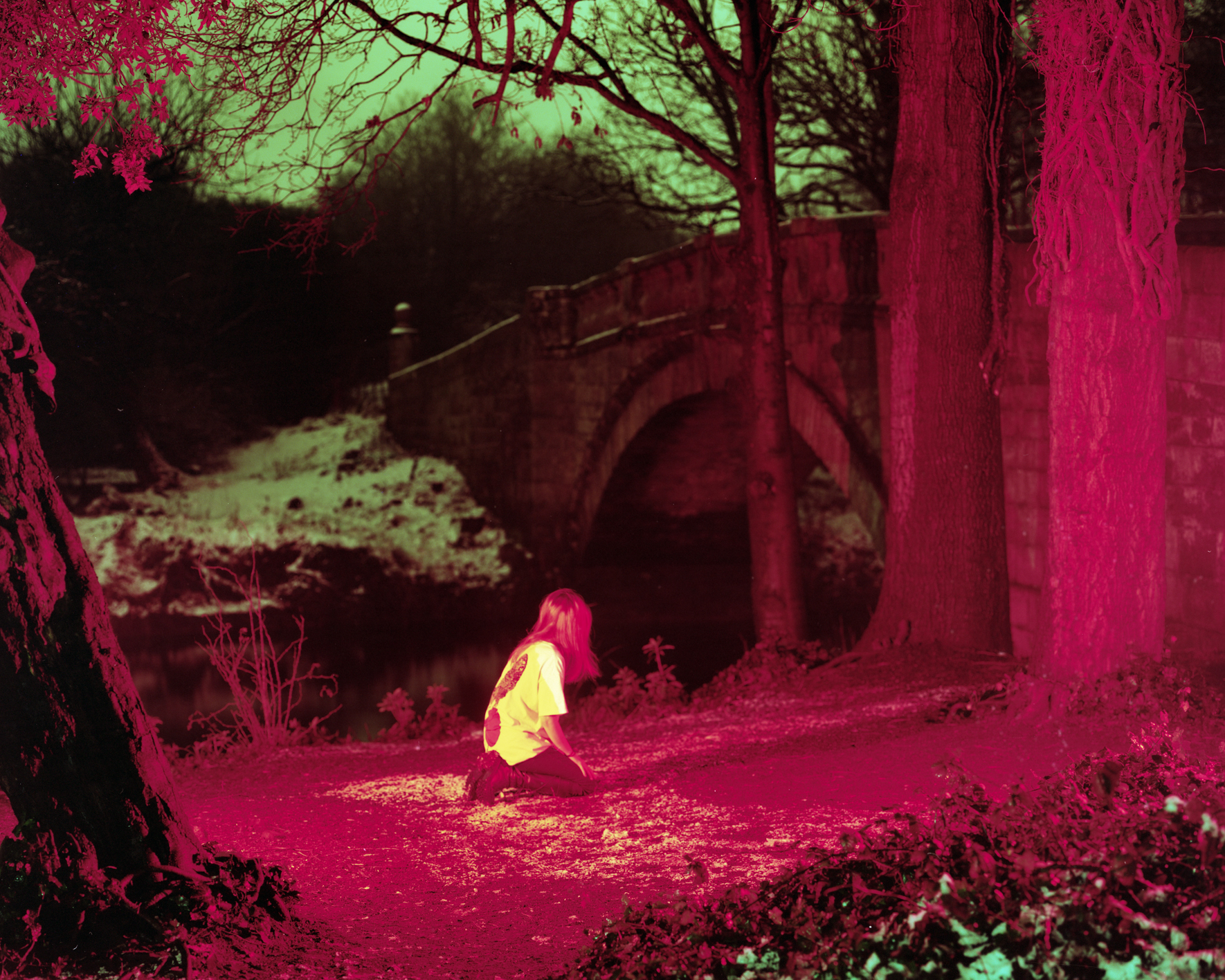

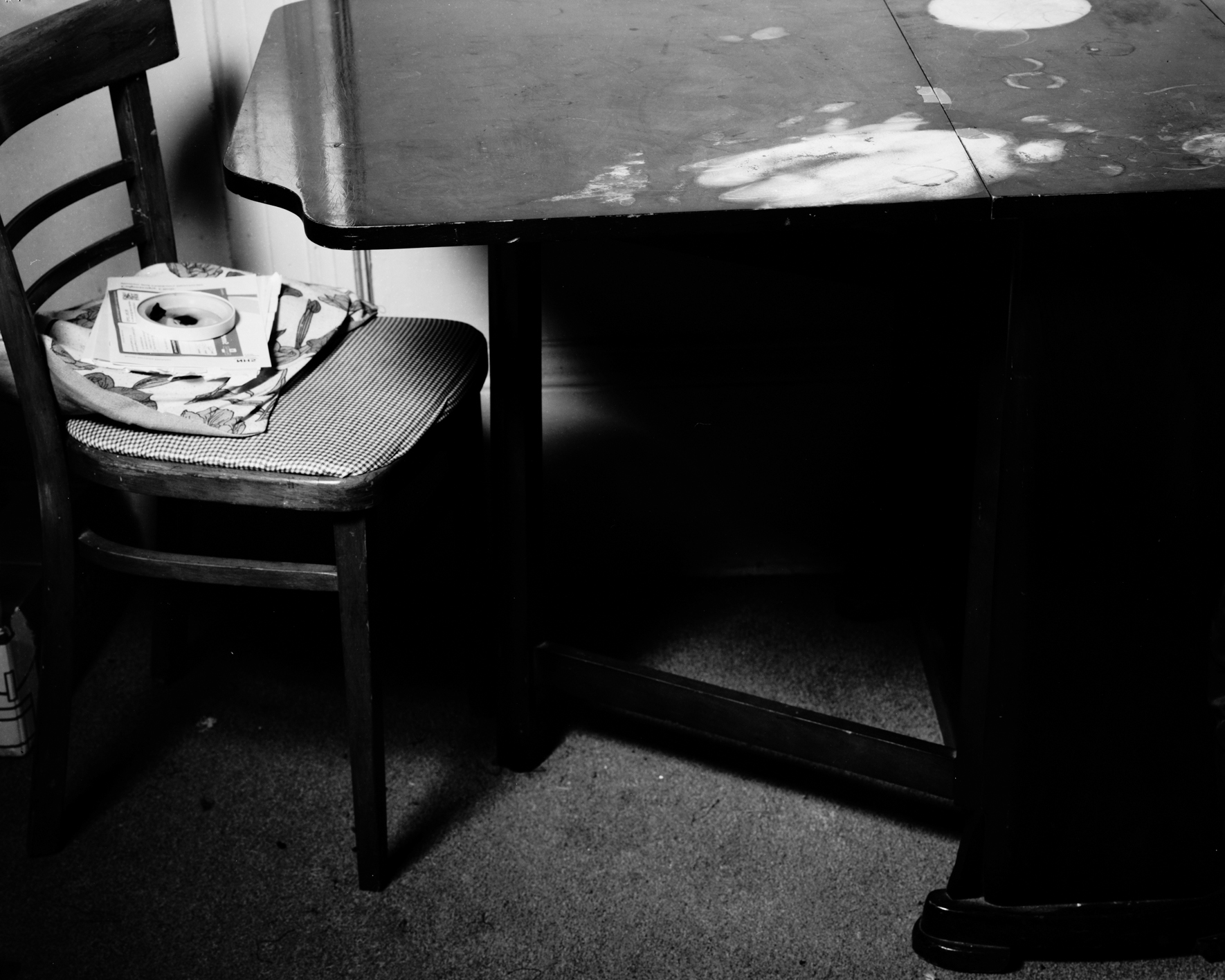


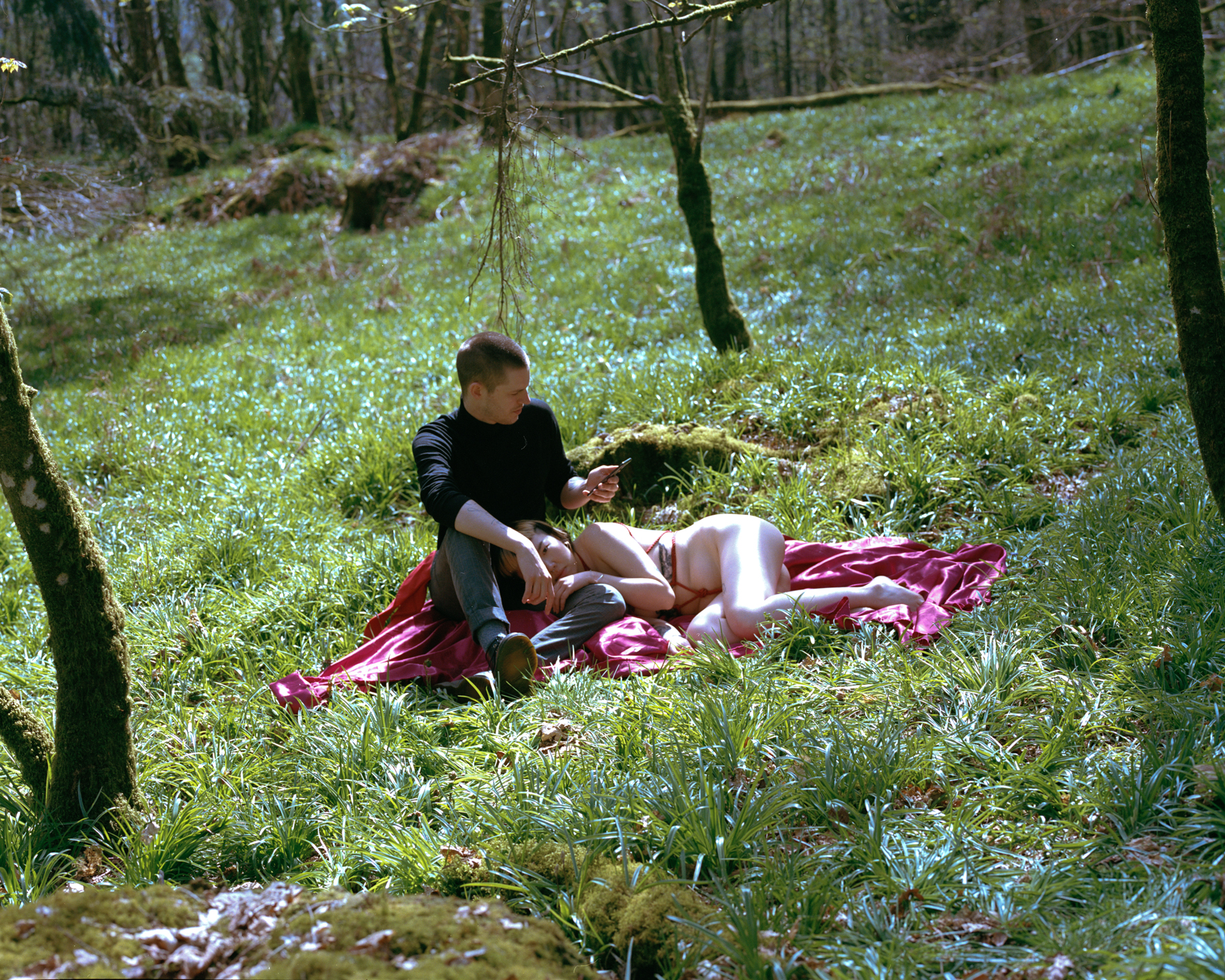
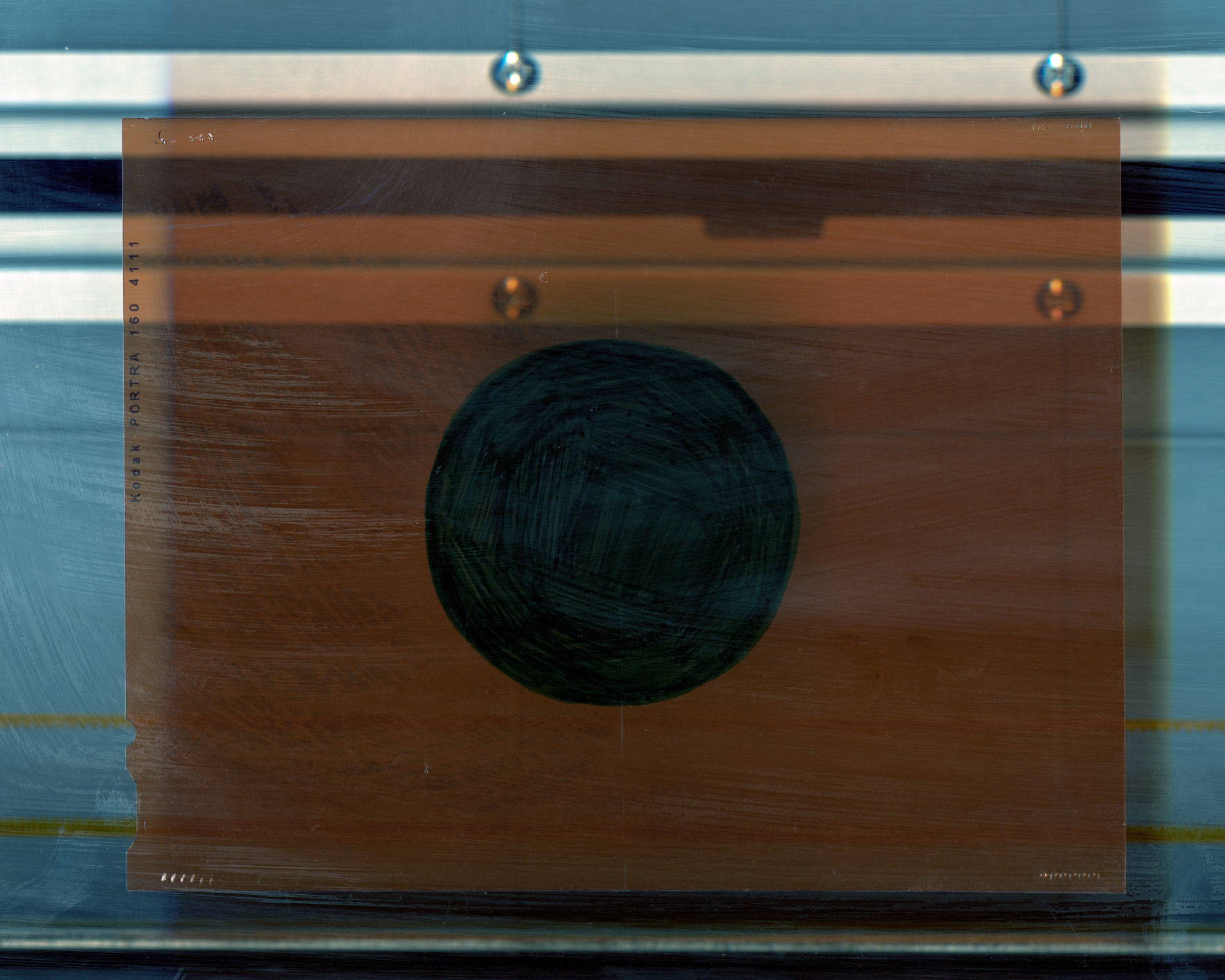



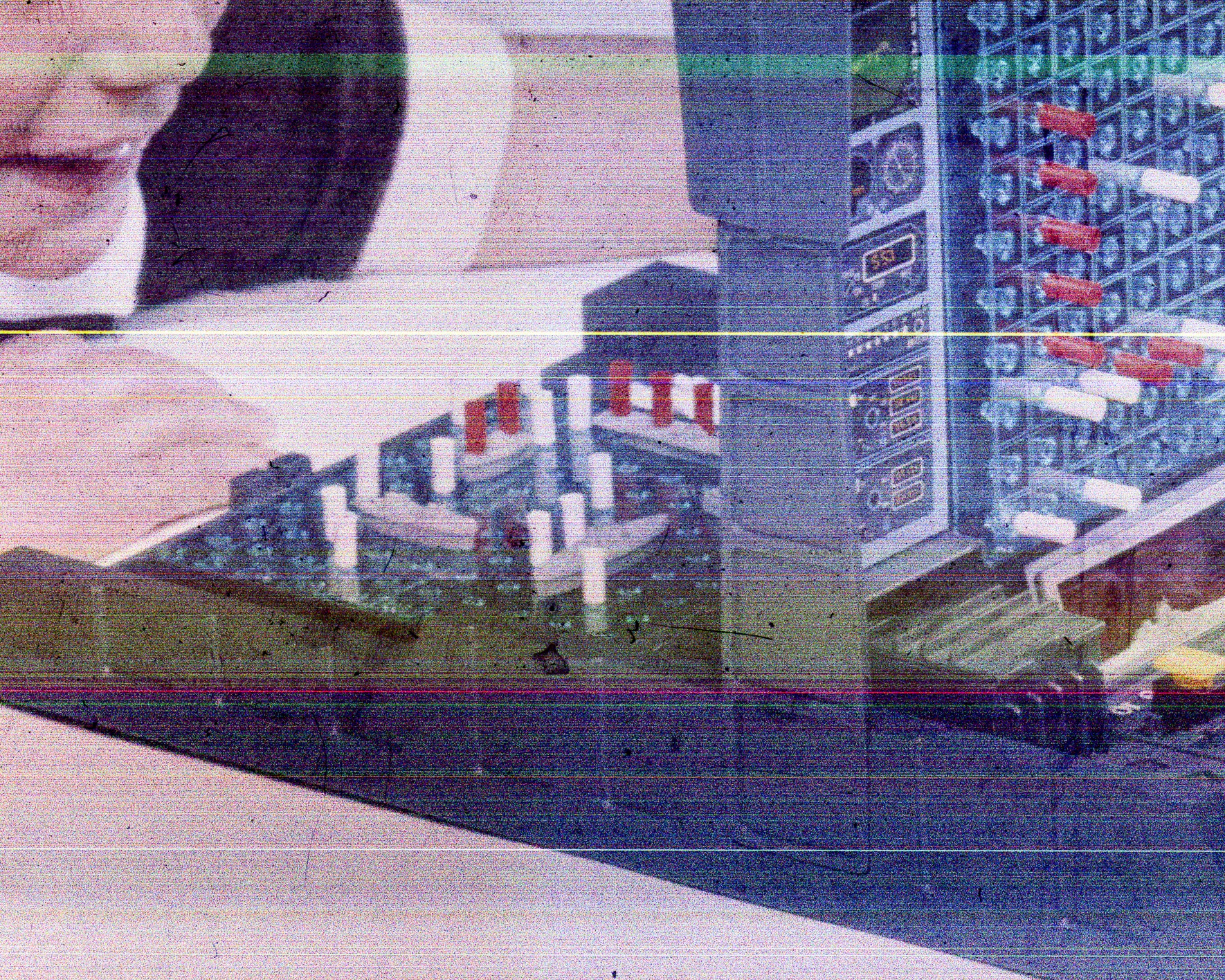

黑石铺
Black stone stall
项目基于对中南地区后军事单位的影像及档案研究。
该类组织为周边提供了更多的就业岗位与基础设施,但也由于与地方政府管辖权冲突与相对独立的生产,从而始终与区域发展保持一定的脱节。
一种有趣但又现实的对比出现在这些社区中,有的关于物质条件,也关于人们的思维方式与自我认知。
他们显现出既与乡村伦理融合,又有高度统一的现代制度的状态;既有政党,又有鬼神的独特故事。
This project based on a visual and archival study of post-military units in the South Central China.
This type of organization provides more jobs and infrastructure to the surrounding area, but also remans somewhat disconnected from regional development due to conflicts with local government jurisdiction and relative economic independence.
An interesting but realistic contrast emerges in these communities, both in terms of physical environment and in terms of the way people think and perceive themselves.
There reveal a state of both integration with rural ethics and a highly unified modern system; a unique story of both political parties and rural ghosts.




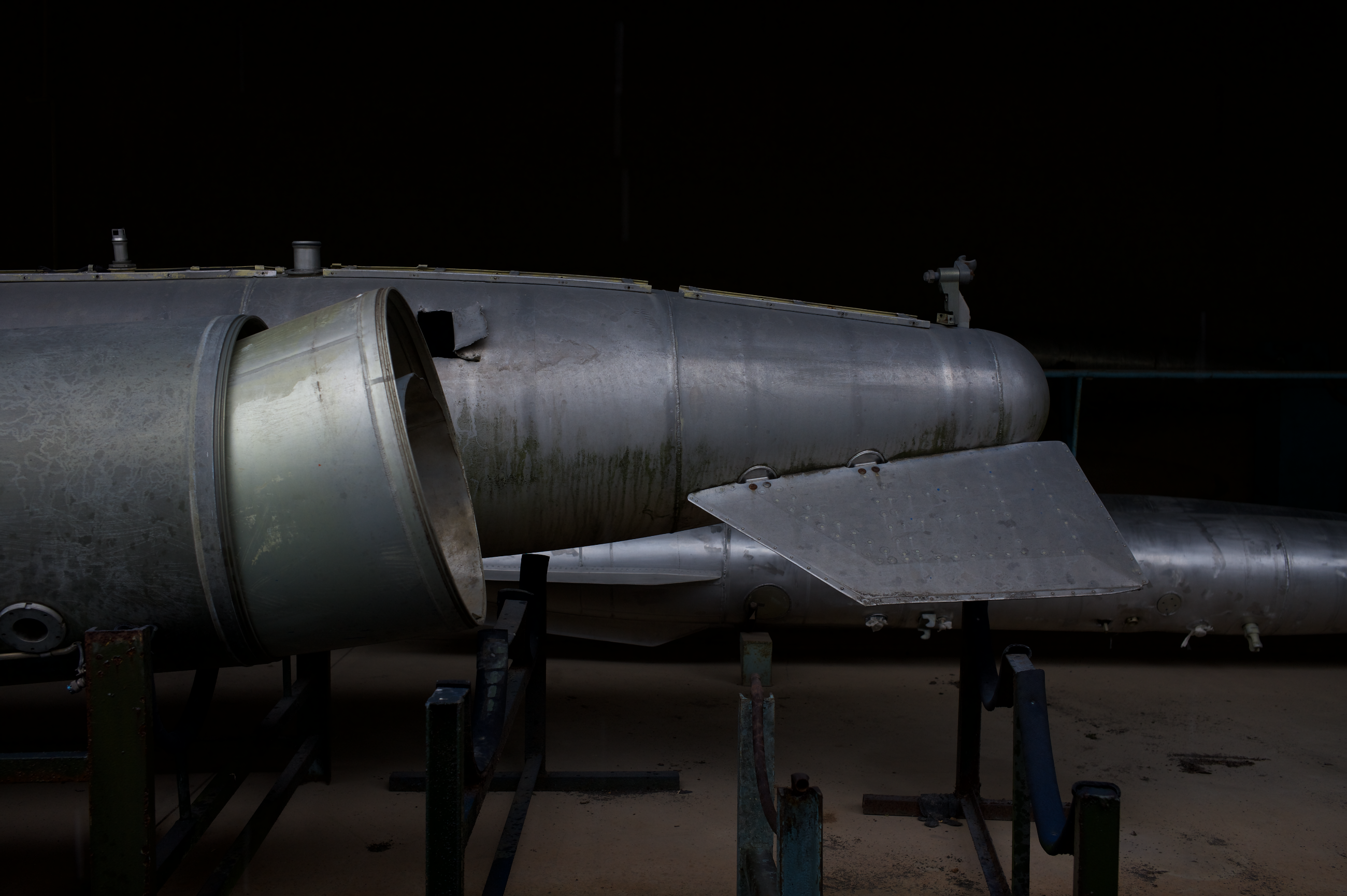
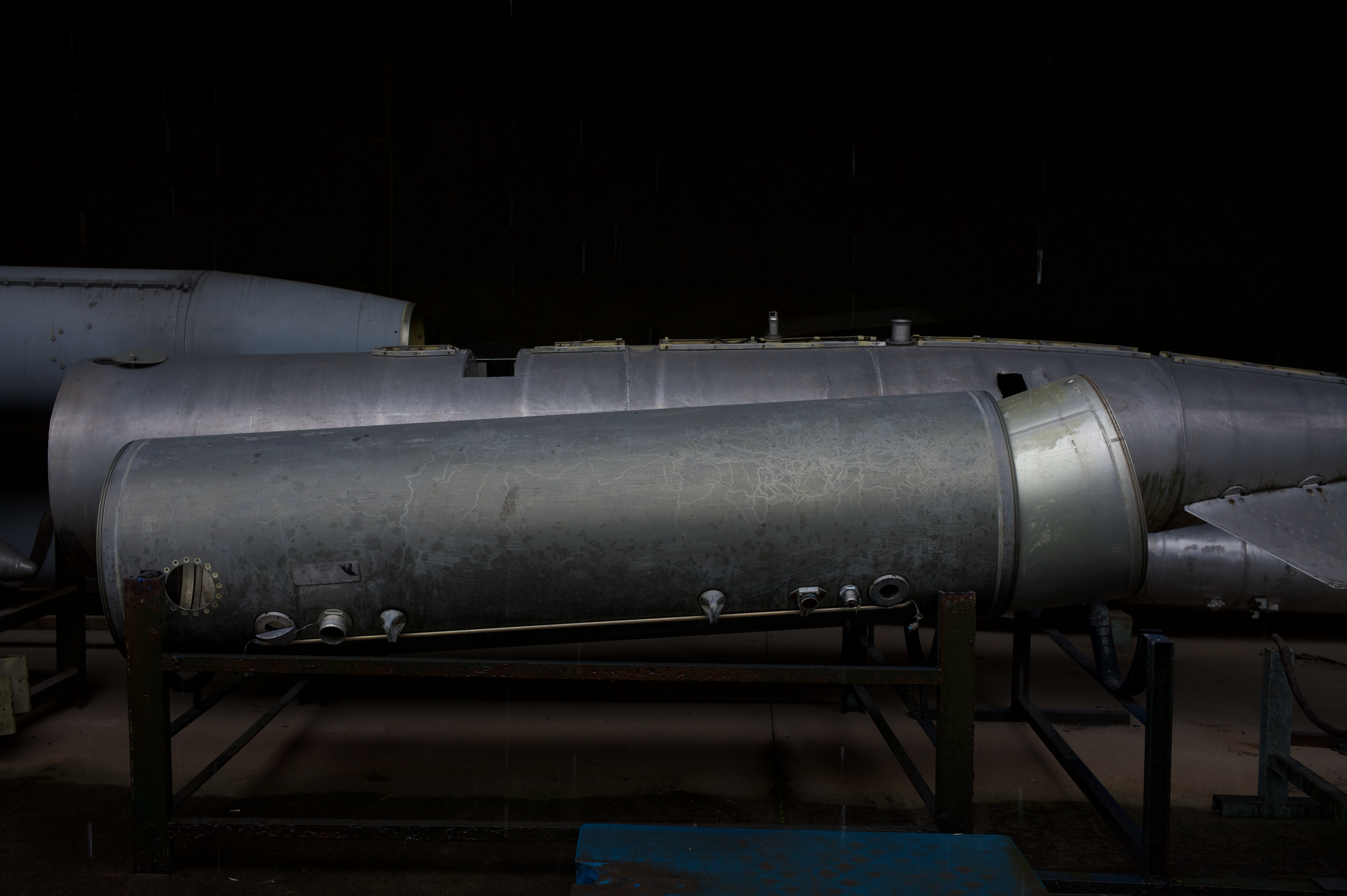
 ›
›










噪点与星星
The Stars Over Beijing are in the Noise
在气球飘向美洲大陆后,我开始每天拍摄头顶,然后试图在那些充满噪点的图像中找出一两个星星。
After the balloon drifted toward the American continent, I began to looking for stars in the image noise which i took from home.

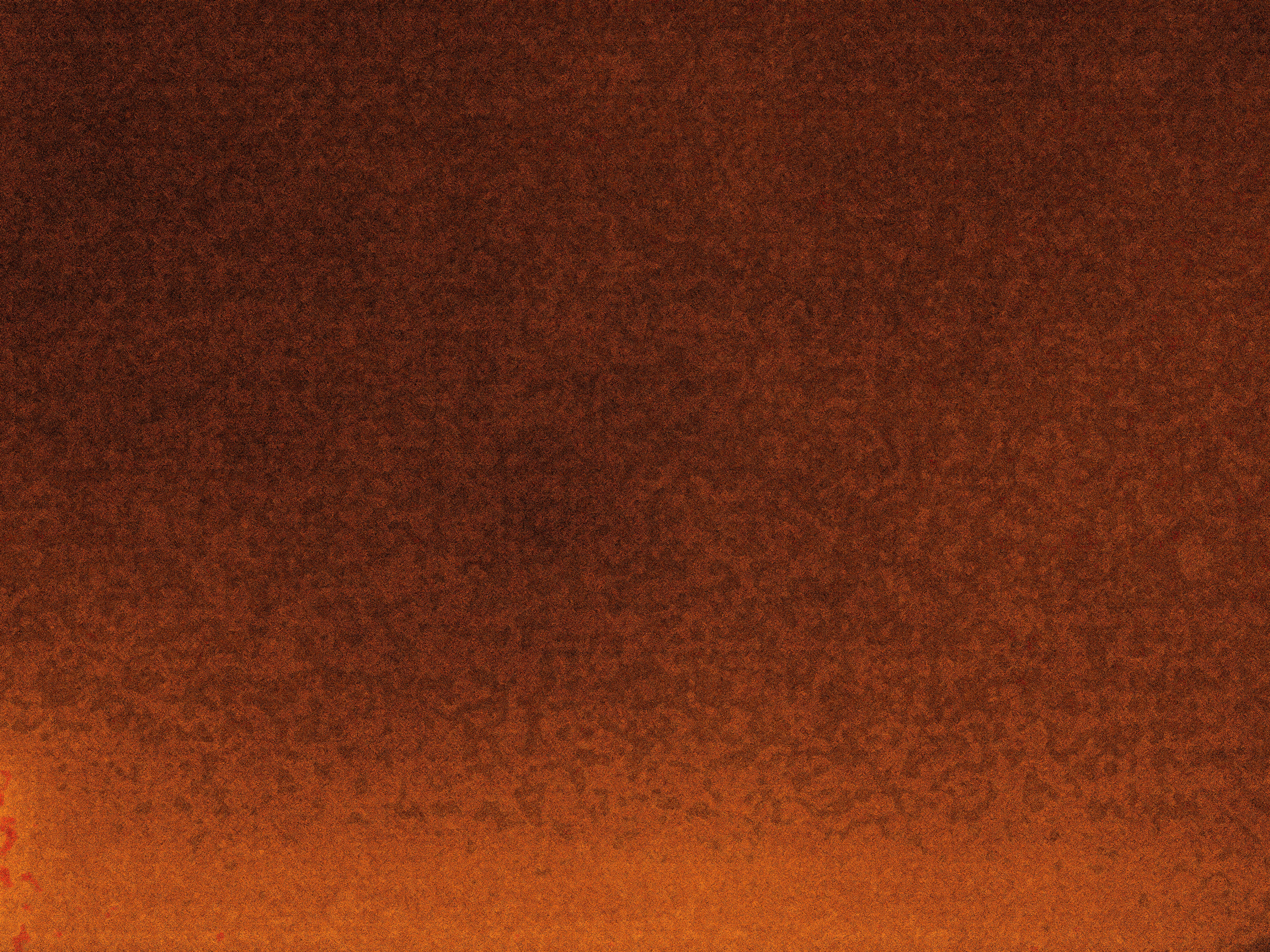
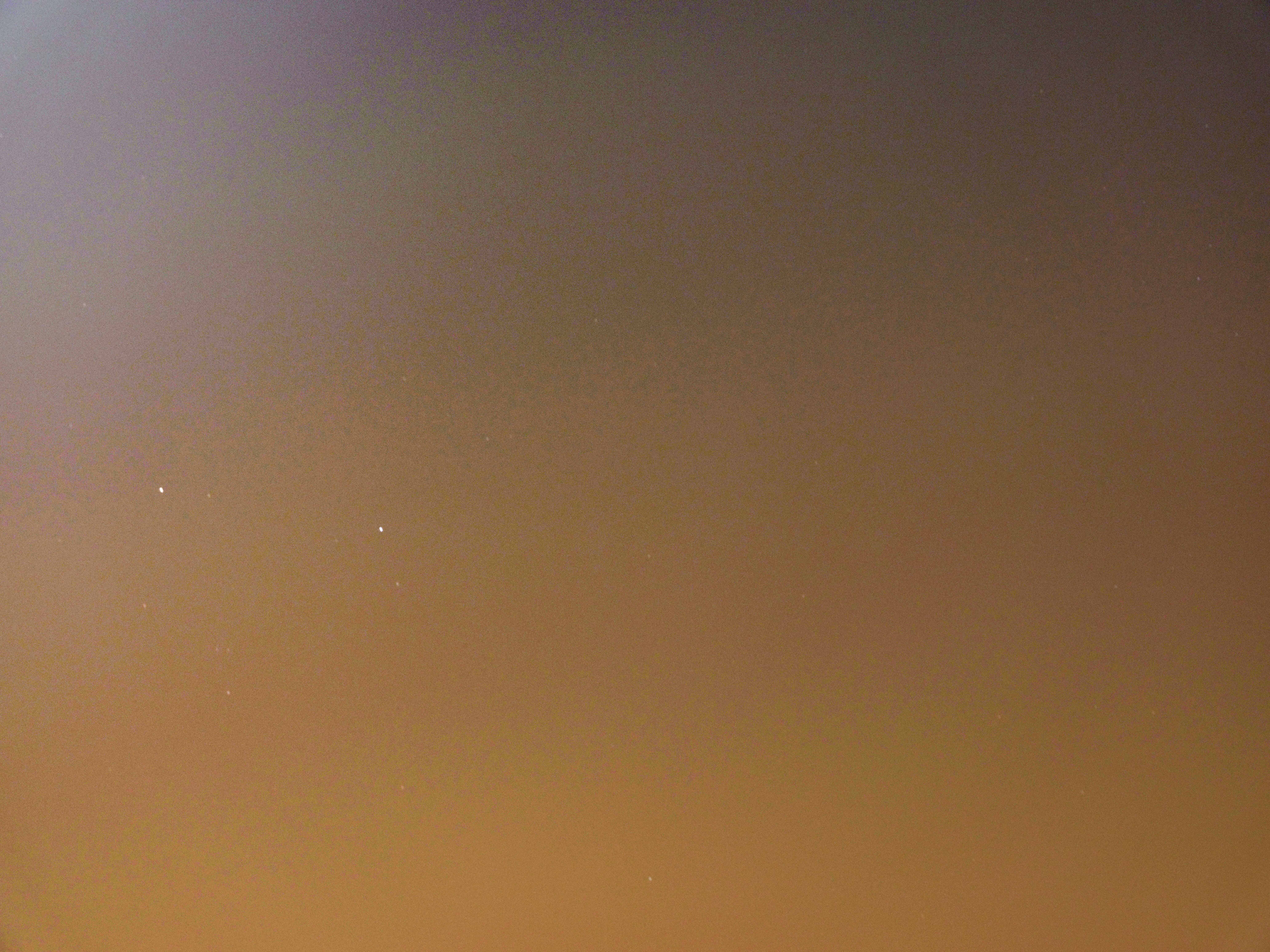

黟图
Yi
黄山更名前,古称黟山。因远远望去,山色如黛,故此以"黟"为名,为黑的意思。而以黑白为形,从笔墨到银盐,黄山似乎一直纠缠这样的图景中,成为了利用正统与重绘的空间。
另一方面,黟字,从“侈”省,“侈”省亦声,指“主人与一群随从”,引申指“一群人”。“黑”为“不明”“不清”。“黑”与“侈”合起来则表示“没有主人的一群人”,这样的释意似乎将人的在场与山貌联系在一起。从仙山意恋,到民族情感的影像权力,我们的害怕与渴望都被写在山中,也许无限风光并不在险峰,那只是一个假象,内心在历史中持久的隐遁,往往需要一种百无聊赖的幻想。
于是我拍下那些支撑疲惫身体的眼睛,与被提前占据的情意。面对那些飘荡在图像史中的无穷山影,总需将目光落回缺席的看山之人。(2023年春)
‘Huangshan’ (Huang Mountain) is often called the most wonderful mountain in the world by the Chinese. It is the focus of Chinese art and religion. But what people don't know is that before it was renamed because of a legend that Emperor Xuanyuan once made alchemy here, its name is ‘Yishan’. because from a distance, the mountain looks like ‘Dai’(A black and blue pigment used by ancient women to draw eyebrows), so it is named ‘Yi’, which means ’Black’. Yi’s original meaning is ‘master and a group of followers’, and the extended meaning is ‘a group of people’. "Black" refers to "unknown" and "unclear". The combination of "black" and "Yi" provinces means ‘a disorderly band of people rabble’.
The first year after COVID-19 announced its end, I came to this most famous mountain in China to find those who came to worship after recovering from serious illness.But the fact was that there was only fog in front of them.
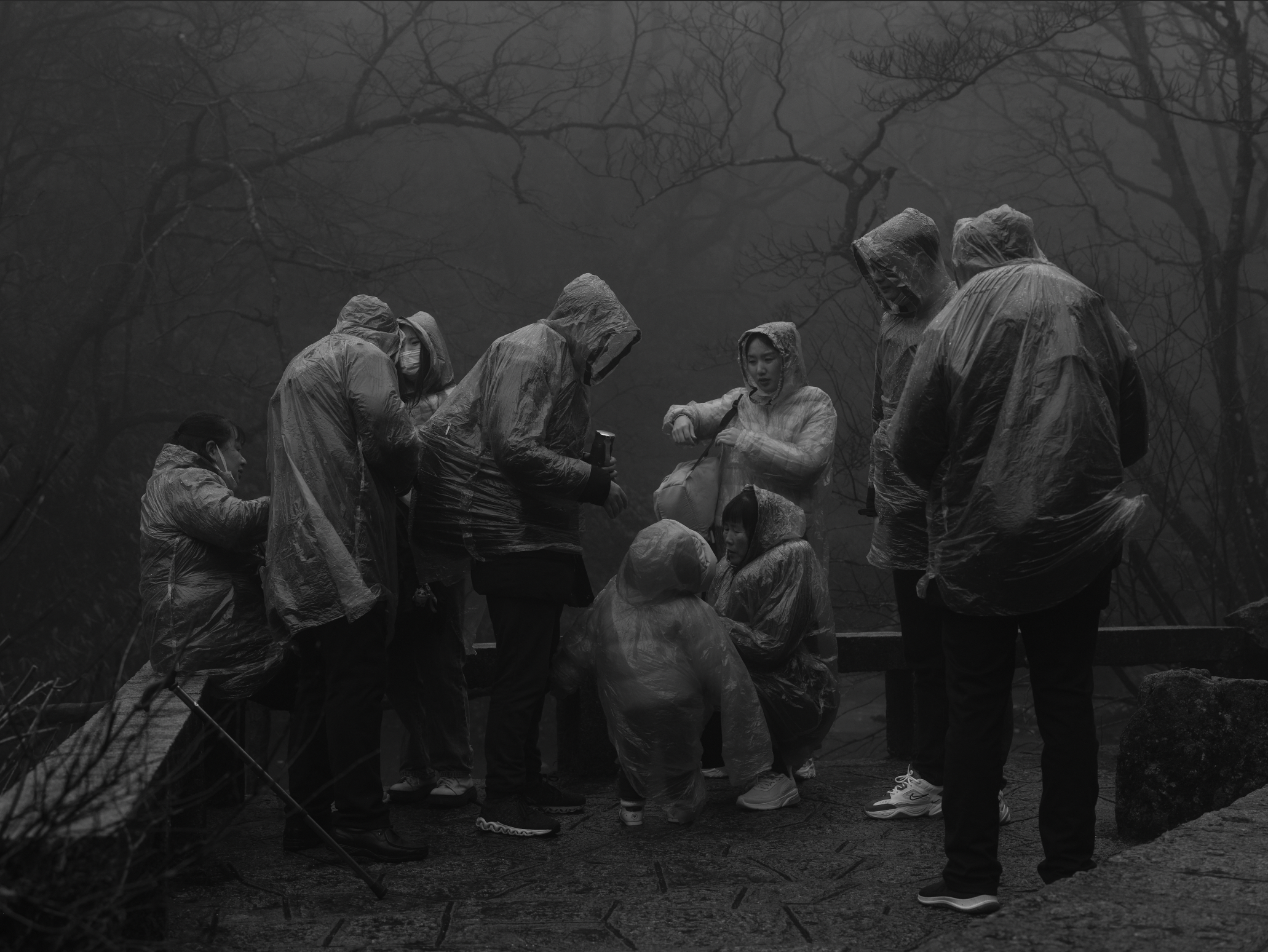


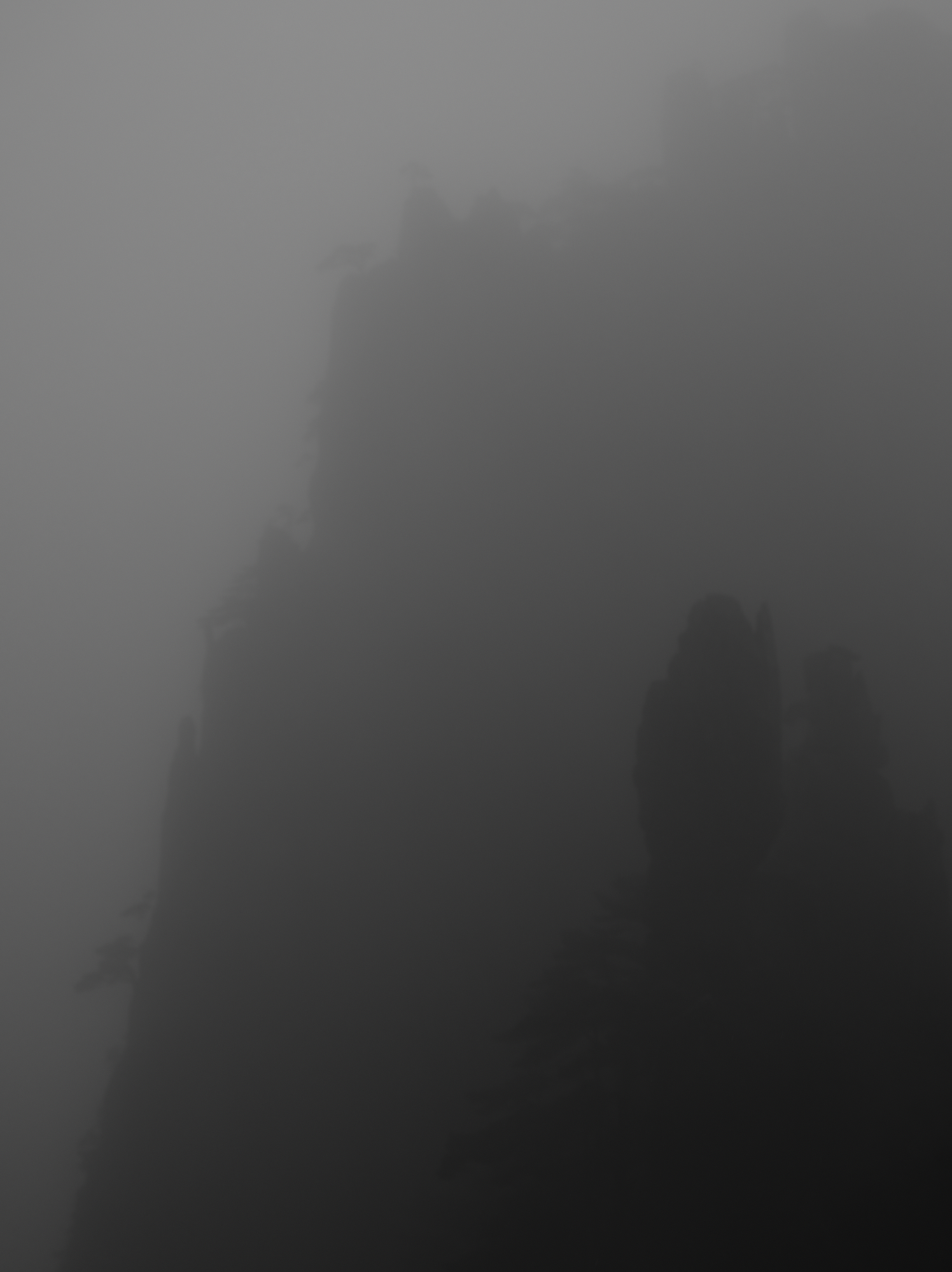


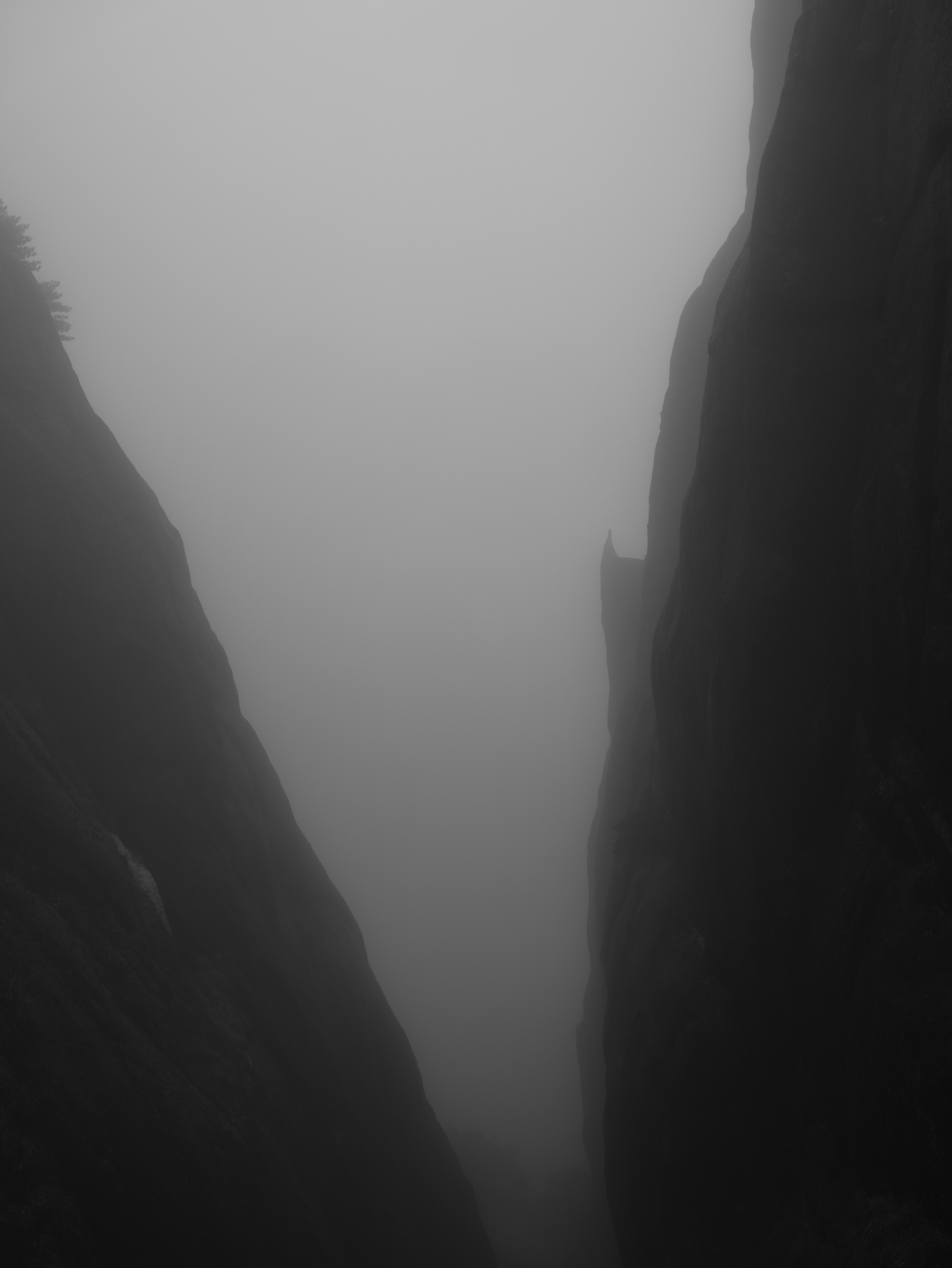
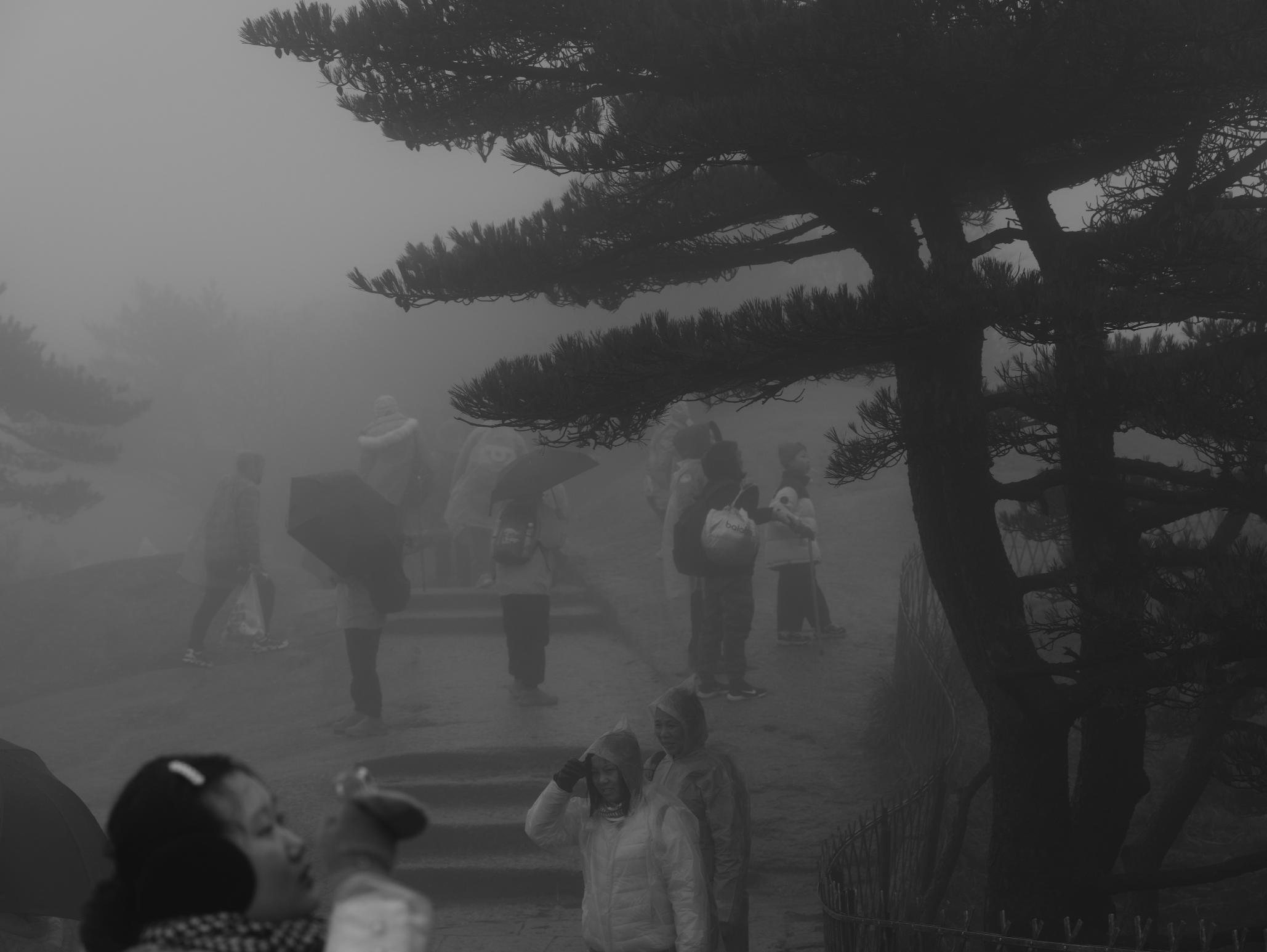

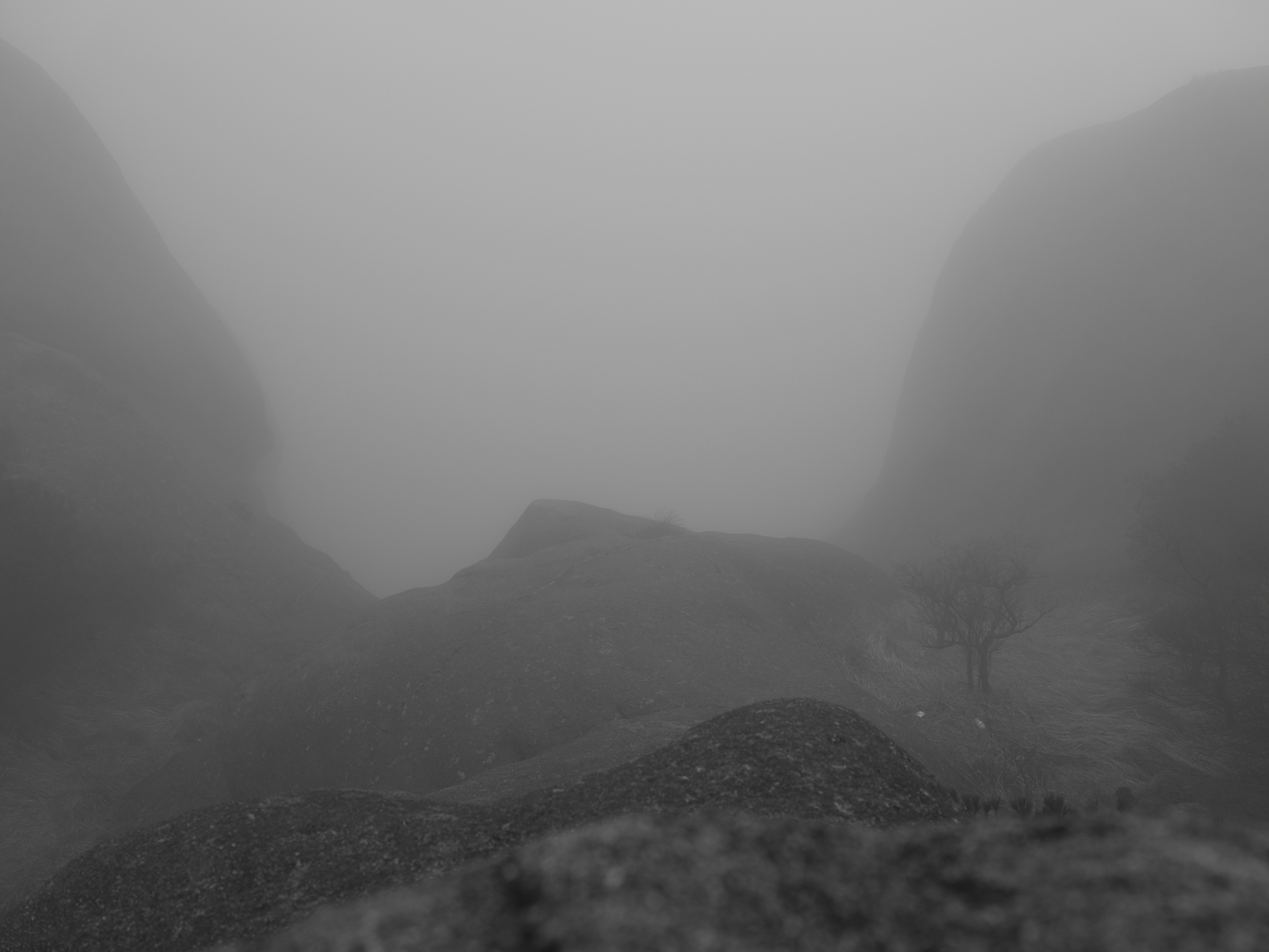


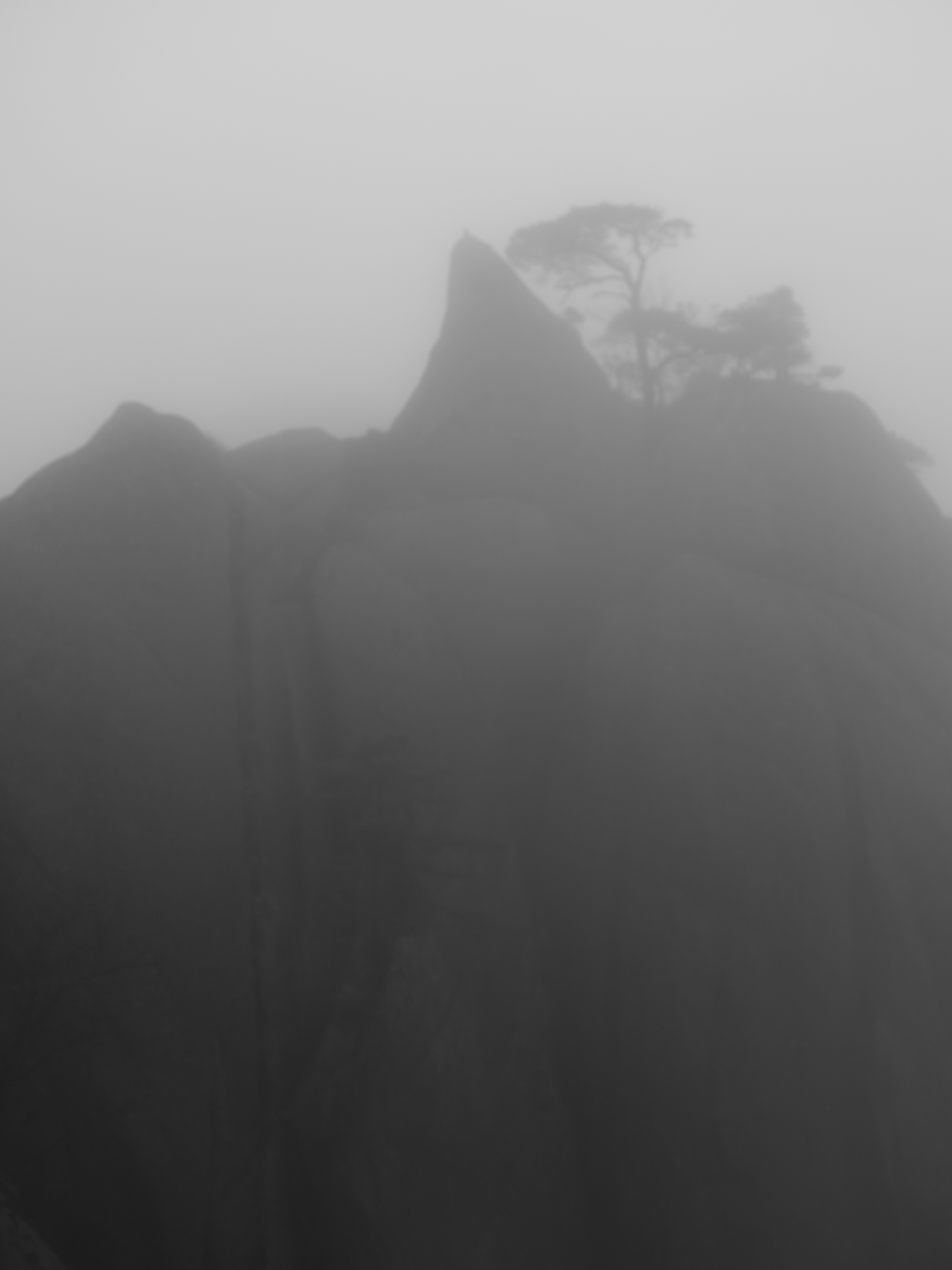


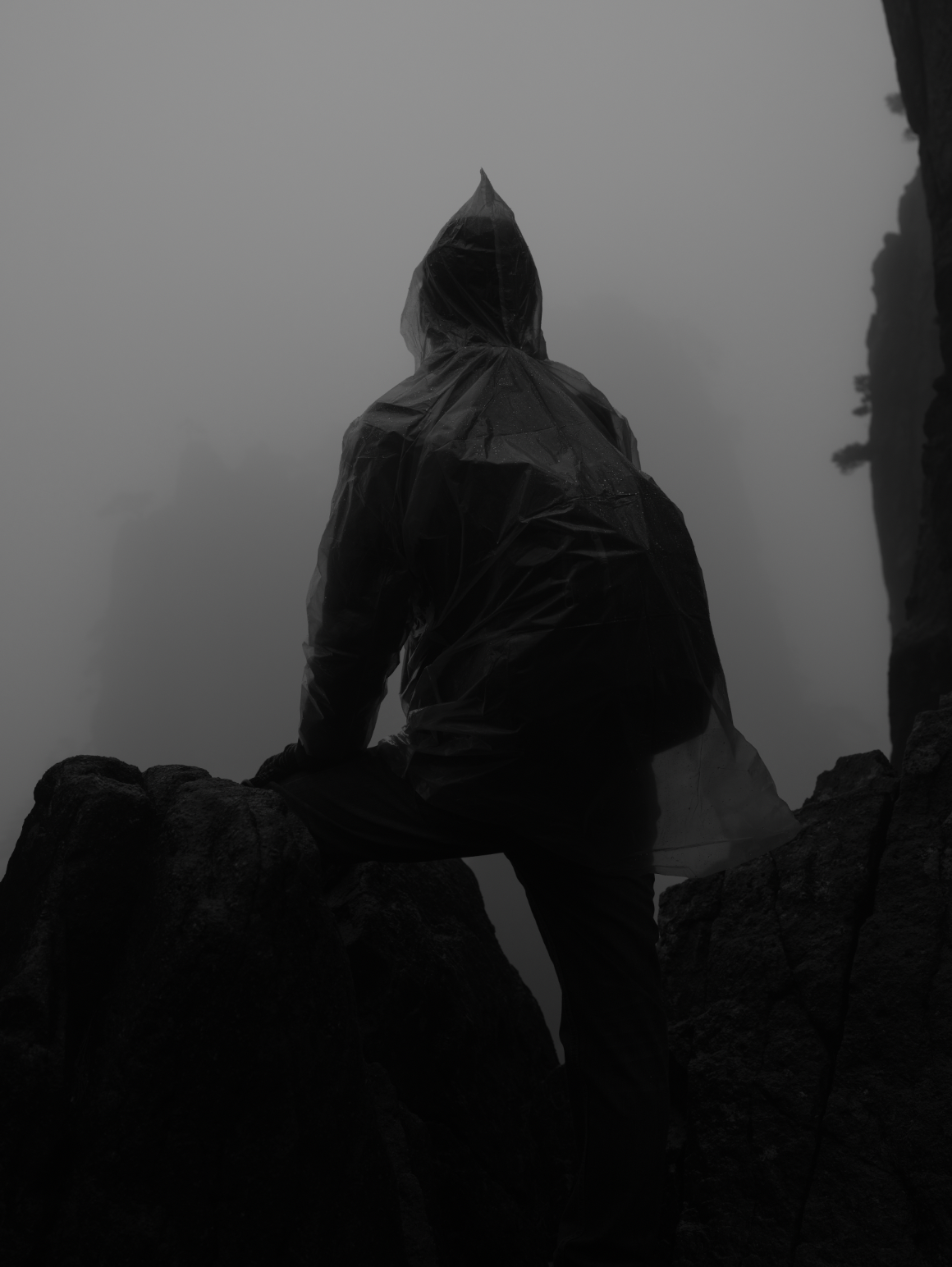

景山
Jingshan——The intersection of vision, history and power.
金大定十九年(1179年),皇宫的中心建筑延春阁建在一土山的南面,并将土山命名为“青山”。
明灭元后,将元大都改称“北平”,紫禁城之北乃是玄武之位,当有山。故将挖掘紫禁城筒子河和太液池、南海的泥土堆积在“青山”,形成5座山峰,称“万岁山”,将延春阁基址牢牢镇压在山下。
清顺治十二年(1655年),将万岁山改称“景山”。“景”是高大的意思。
1924年,冯玉祥部占领景山,架设大炮,驱逐溥仪出宫。
1966年,“文化大革命”期间,全国红卫兵大串联,景山公园改称“红卫兵公园”,并从1971年2月21日起关闭,直至1978年3月1日恢复开放。
2001年,景山被列为全国重点文物保护单位。
In the 19th year of the Jin Dynasty's Dading reign (1179), the central building of the imperial palace, Yanchun Pavilion, was built to the south of a barren mountain and named "Qingshan".
After the Ming Dynasty overthrew the Yuan Dynasty, the capital of the Yuan Dynasty was renamed "Beiping". To the north of the Forbidden City was the position of Xuanwu, and there should be a mountain. Therefore, the soil from the excavation of the Guanzi River in the Forbidden City, the Taihe Pool, and the South China Sea will be piled up on the "Qingshan", forming five peaks called "Wansui Mountain", firmly suppressing the foundation of the Yanchun Pavilion at the foot of the mountain.
In the twelfth year of the Shunzhi reign of the Qing Dynasty (1655), Wansui Mountain was renamed "Jingshan". "Jing" means tall.
In 1924, Feng Yuxiang's troops occupied Jingshan, set up cannons, and drove Puyi (the last emperor) out of the palace.
In 1966, during the Cultural Revolution, the Red Guards across the country were connected, and Jingshan Park was renamed as the Red Guards Park. It was closed from February 21, 1971, until it reopened on March 1, 1978.
In 2001, Jingshan was listed as a national key cultural relic protection unit.


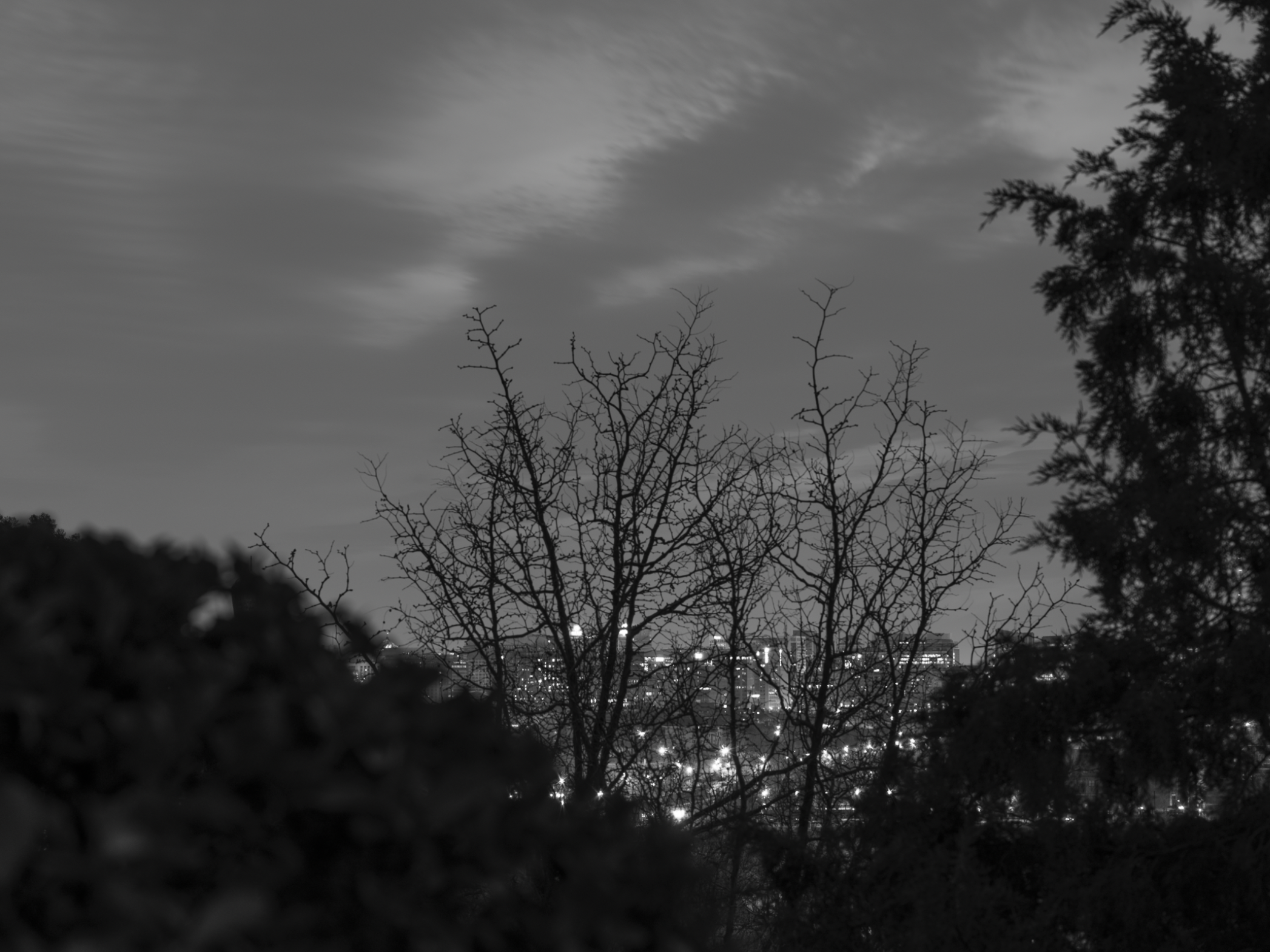
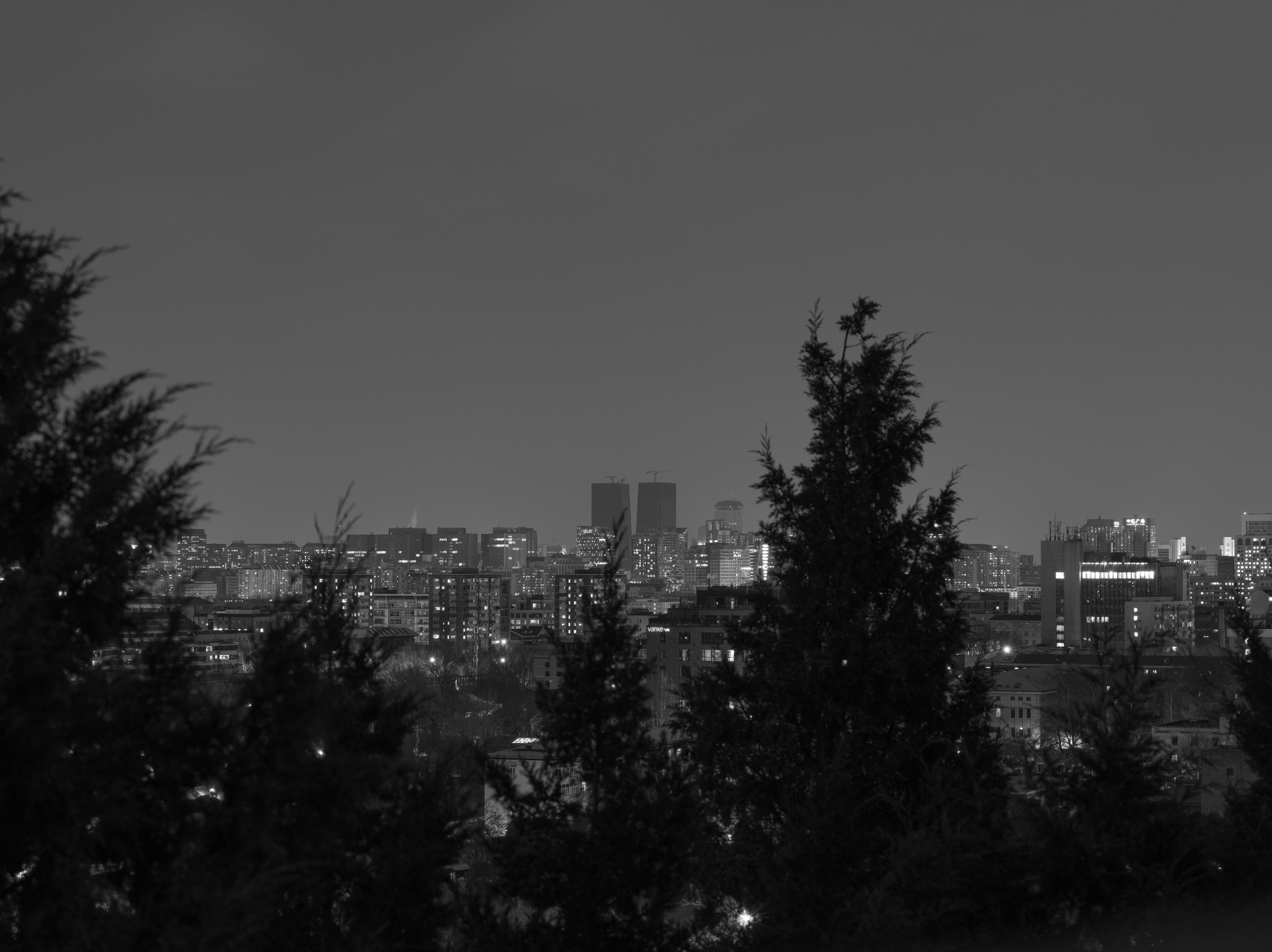

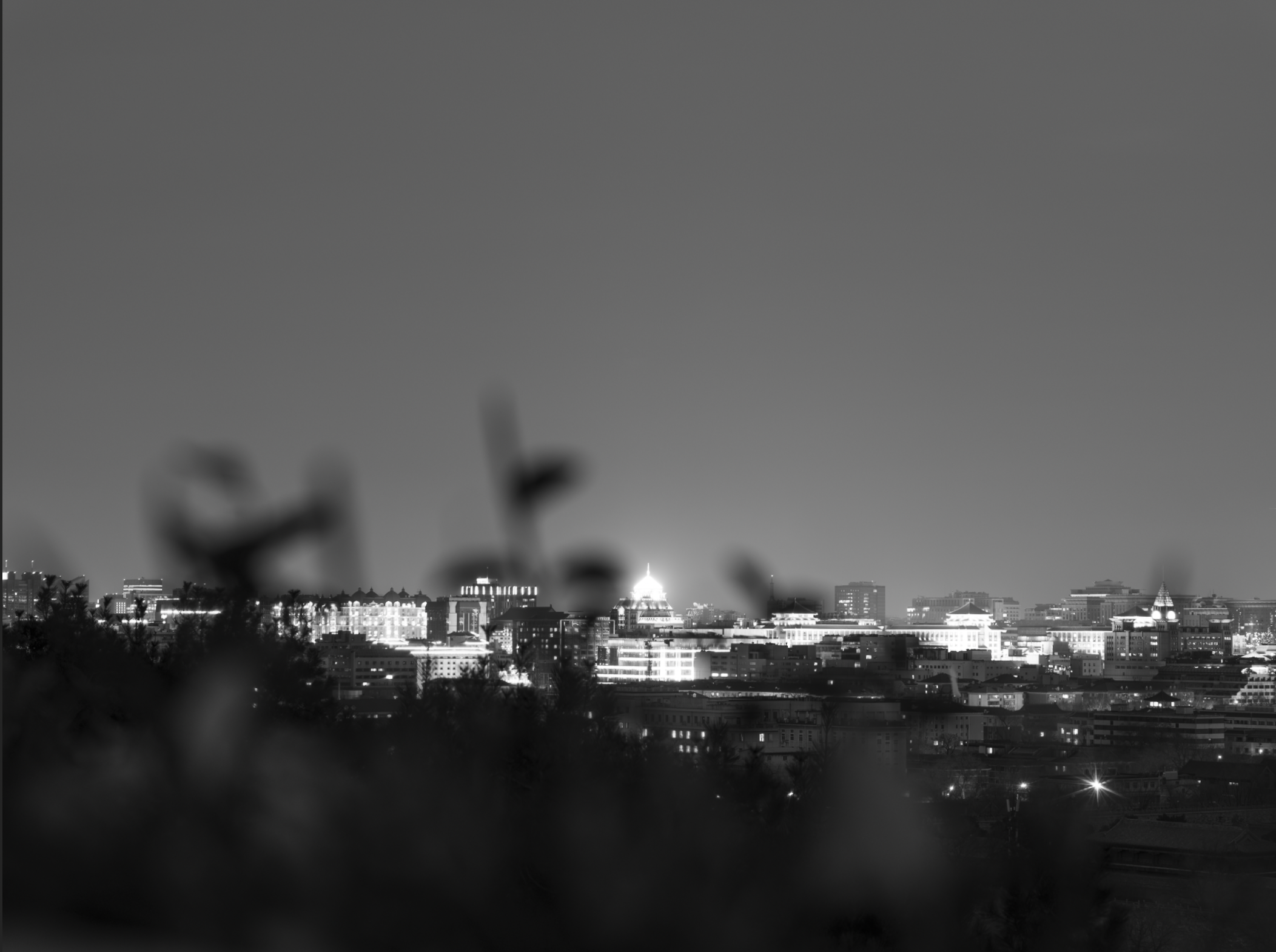



文献眼睛
Officail Eye图一:方向、形象及无时间,1950s—1970s
1,Direction, Pictorial and No time, 1950s -- 1970s
图二:事件、职业及人物,1970s-1980s
2,Events, Occupations, and Figures, 1970s-1980s
图三:状态、混合及冲突,1980-1985s
3,State, Mixing and Conflict, 1980-1985

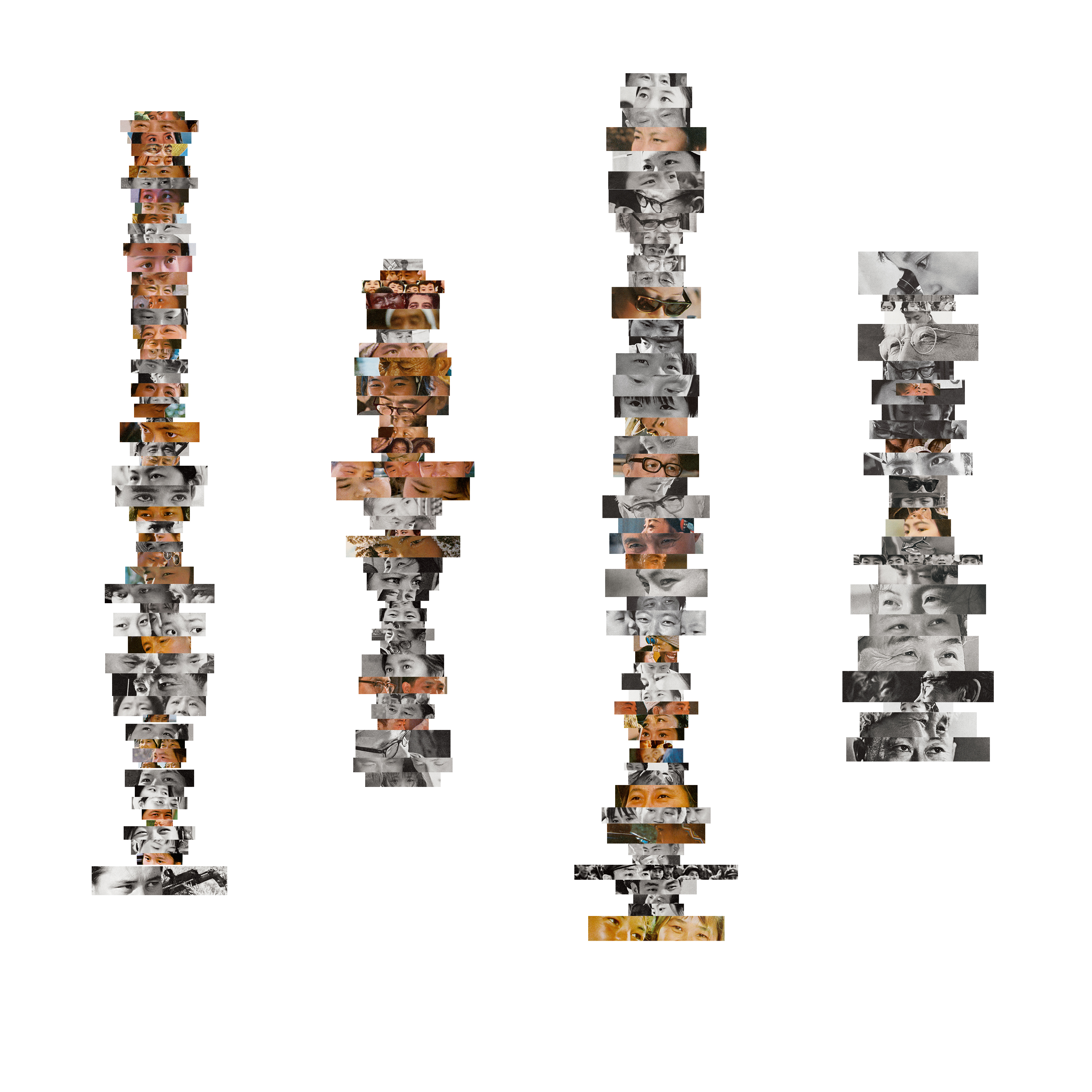

申时
GMT+8—3:00 PM

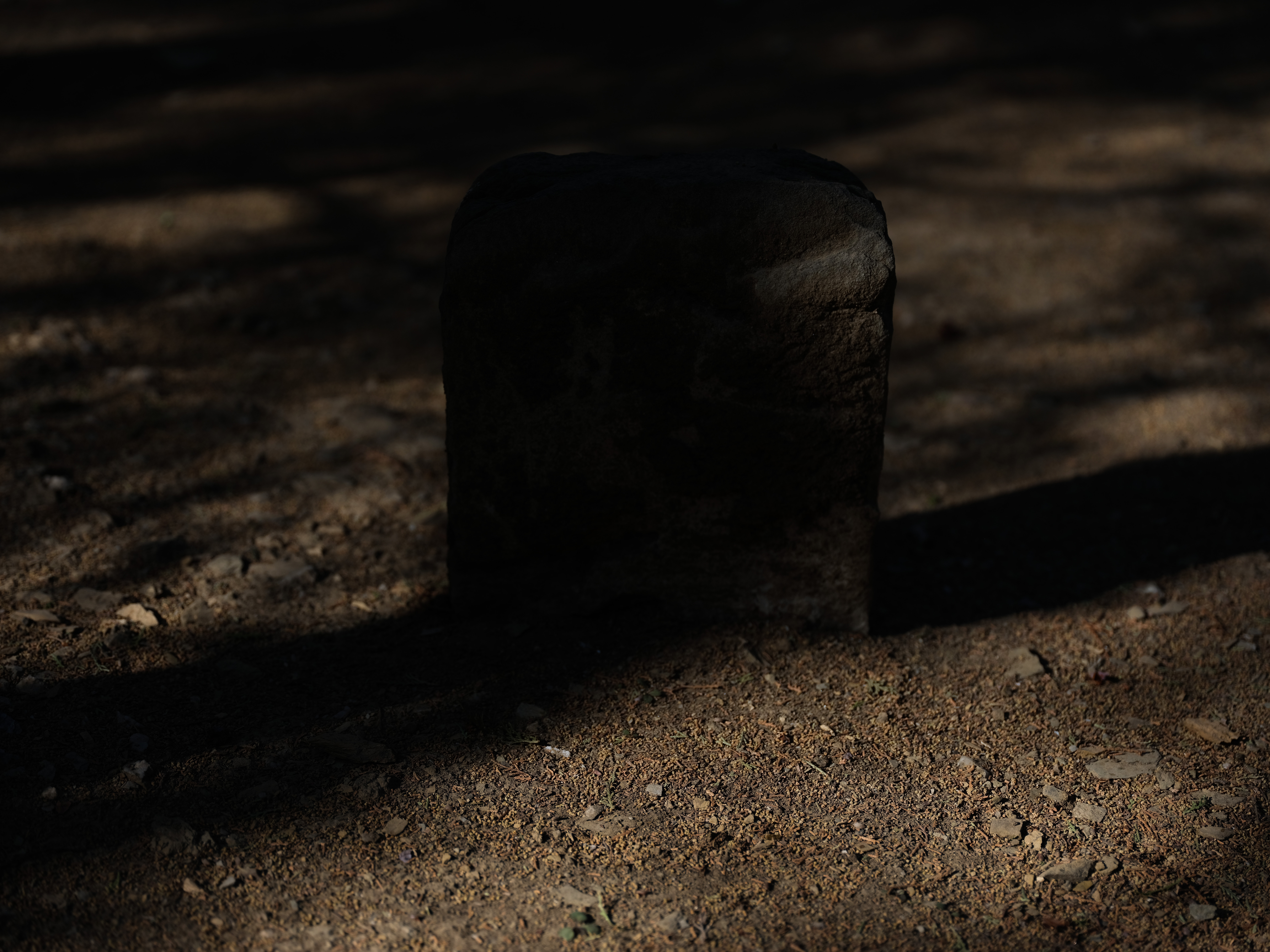
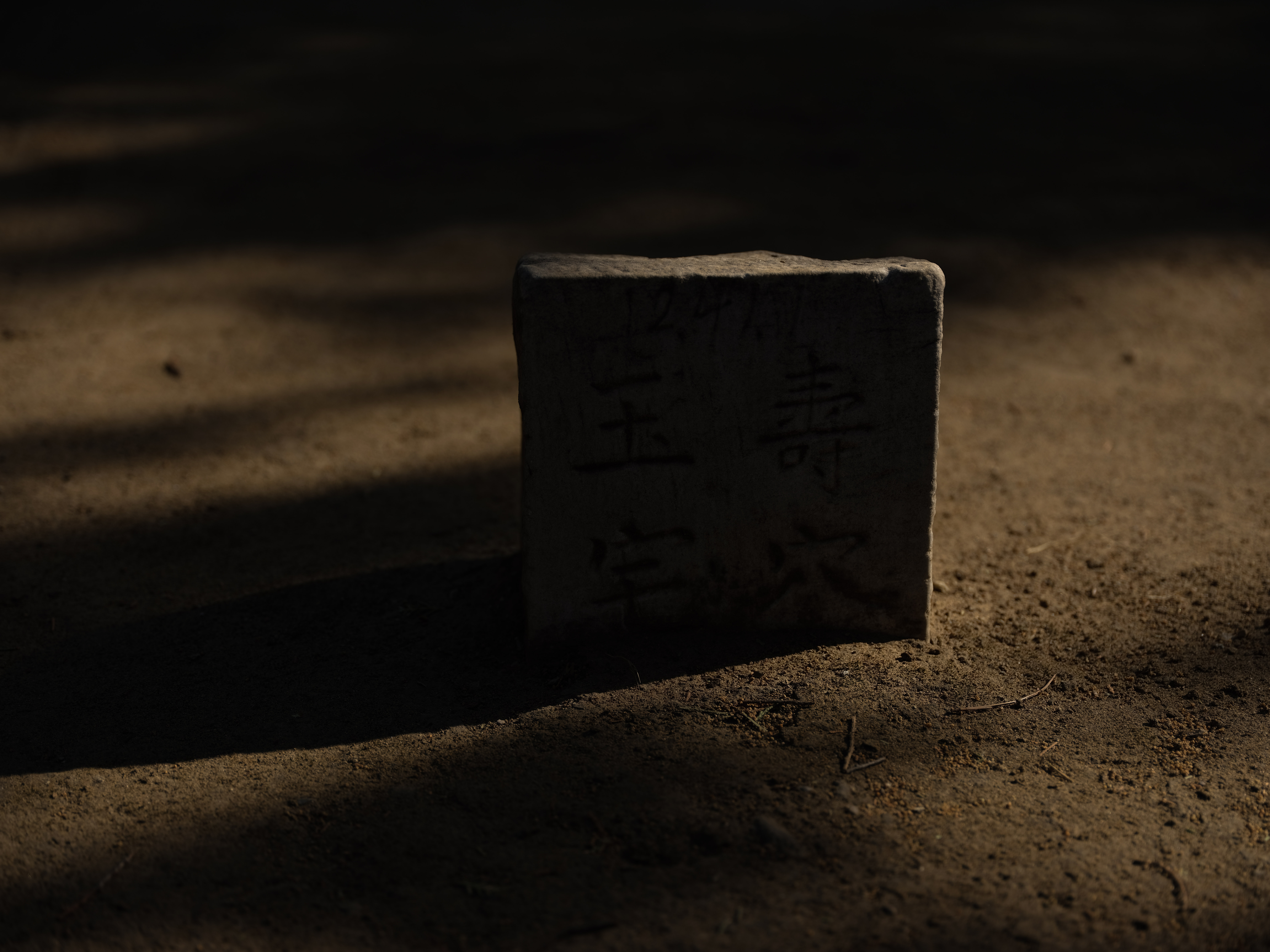

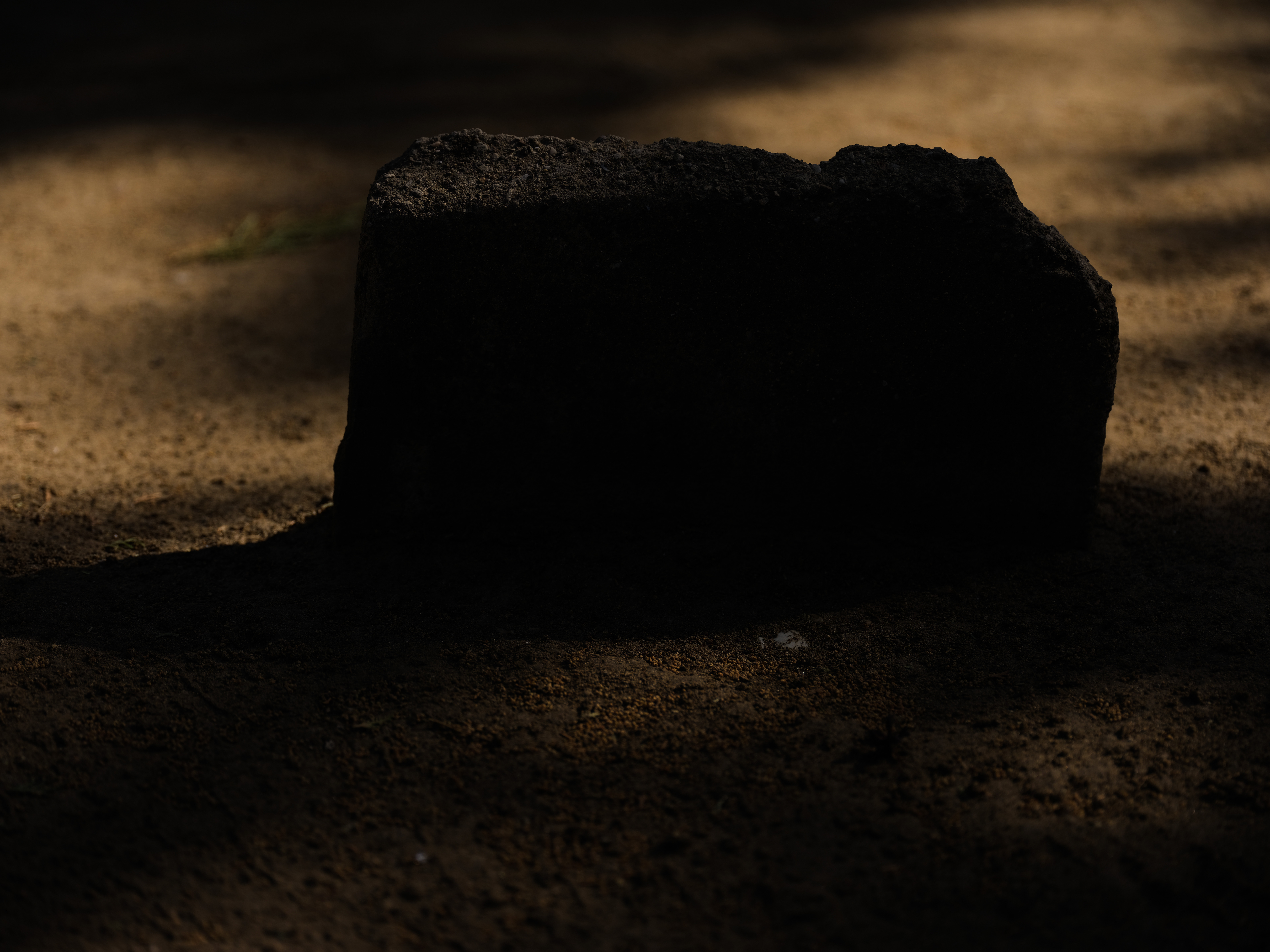

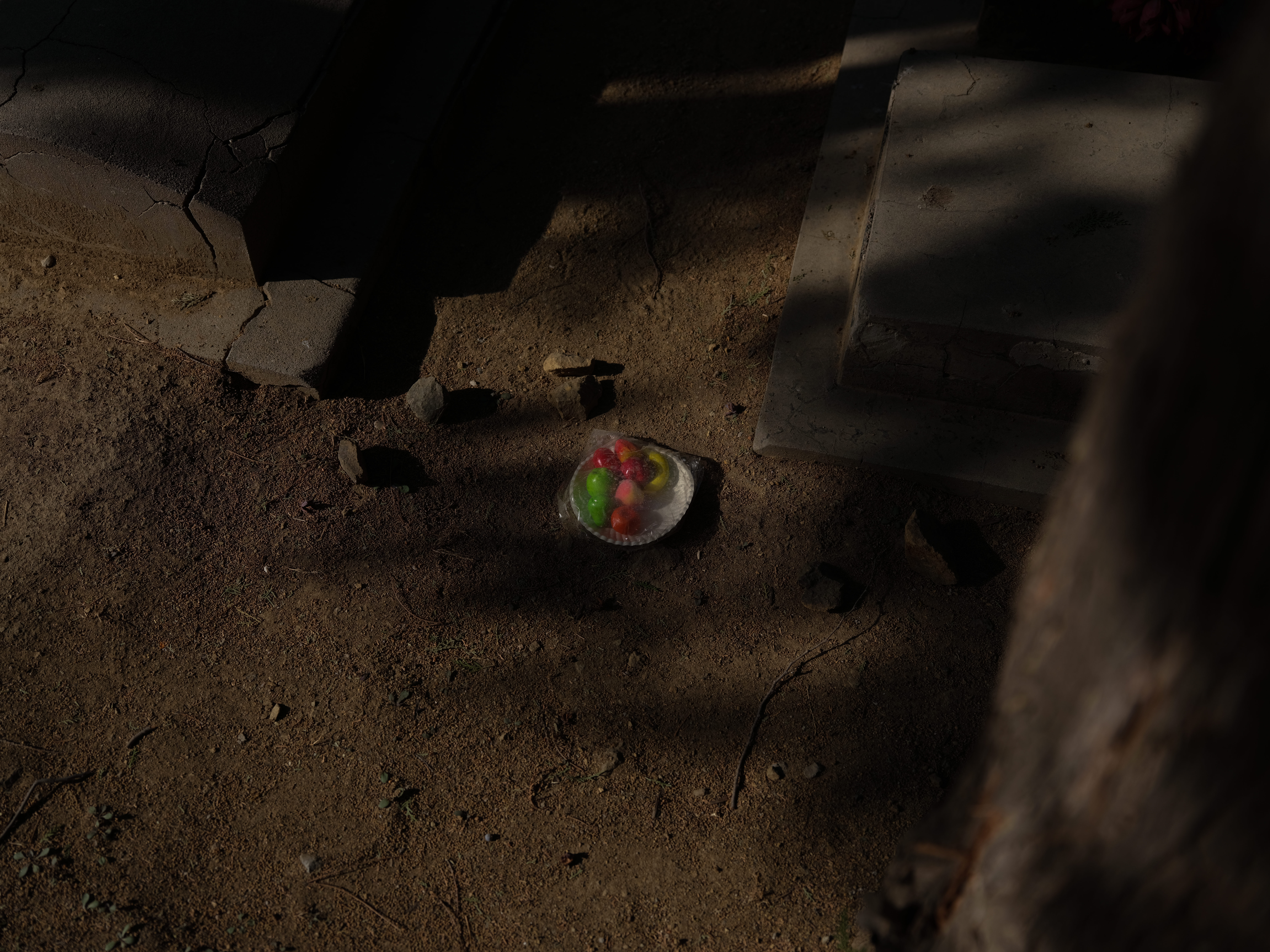
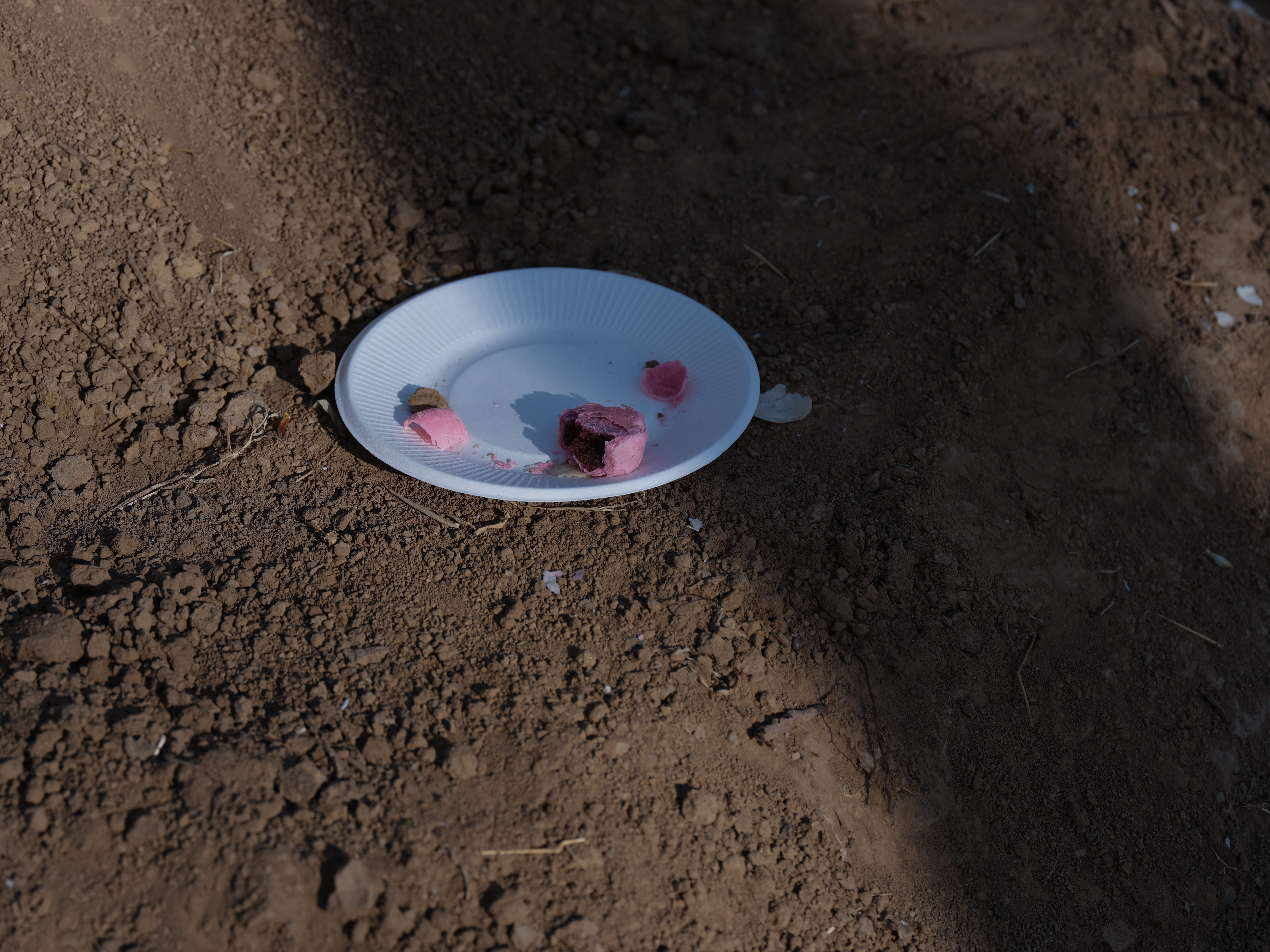
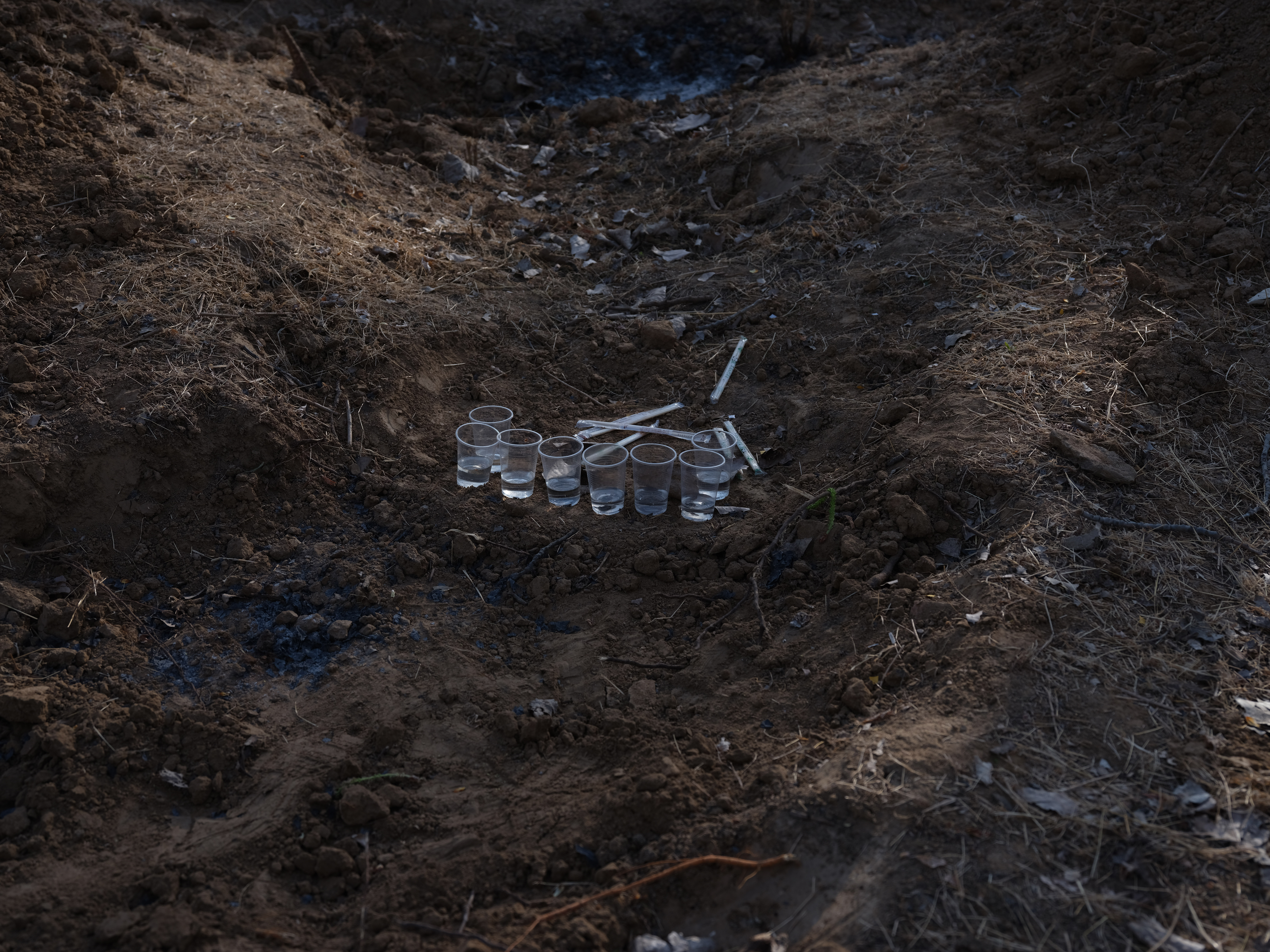
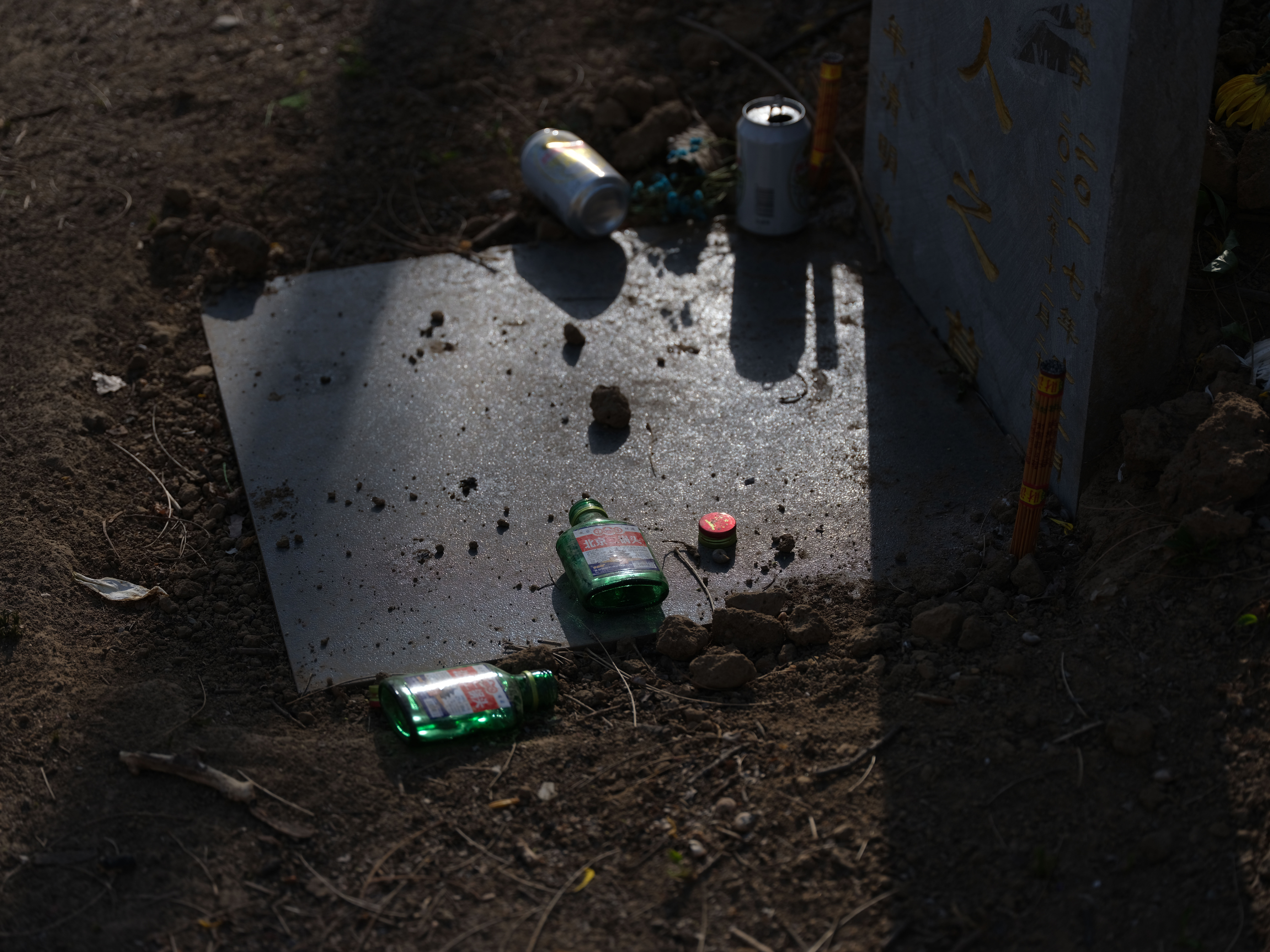
地缘图
Fictional Geopolitic
我将被置于在外交谈判桌前、或是被系于全球化进程中不同时空的国家与地区的影像拼合于一处,形成尺寸极大的图像。
这些被虚构所组织的真实片段在图像的伪装下成为既存的事实。
当地质地貌、城市规划、云层疏密、比例尺与噪点符合了我们对图像的认识却又在历史的逻辑中发生错误,真伪松动了视觉的权力,图像本身则在误解中现身。
自然或是事实的自足只是偶然,意义与问题的衔接才构成历史之链。
I have assembled images of countries and regions that have been placed at the diplomatic table or tied to different times and spaces in the process of globalisation,and these fictitiously organised fragments of reality become pre-existing facts under the guise of images.
When geological features, urban plans, cloud formations, scale and noise conform to our perception of the image,
but then err in the logic of history, truth and falsity loosen the power of vision, and the image itself appears in misunderstanding.
The self-sufficiency of nature or fact is only accidental; it is the meaning and question that forms the chain of history.

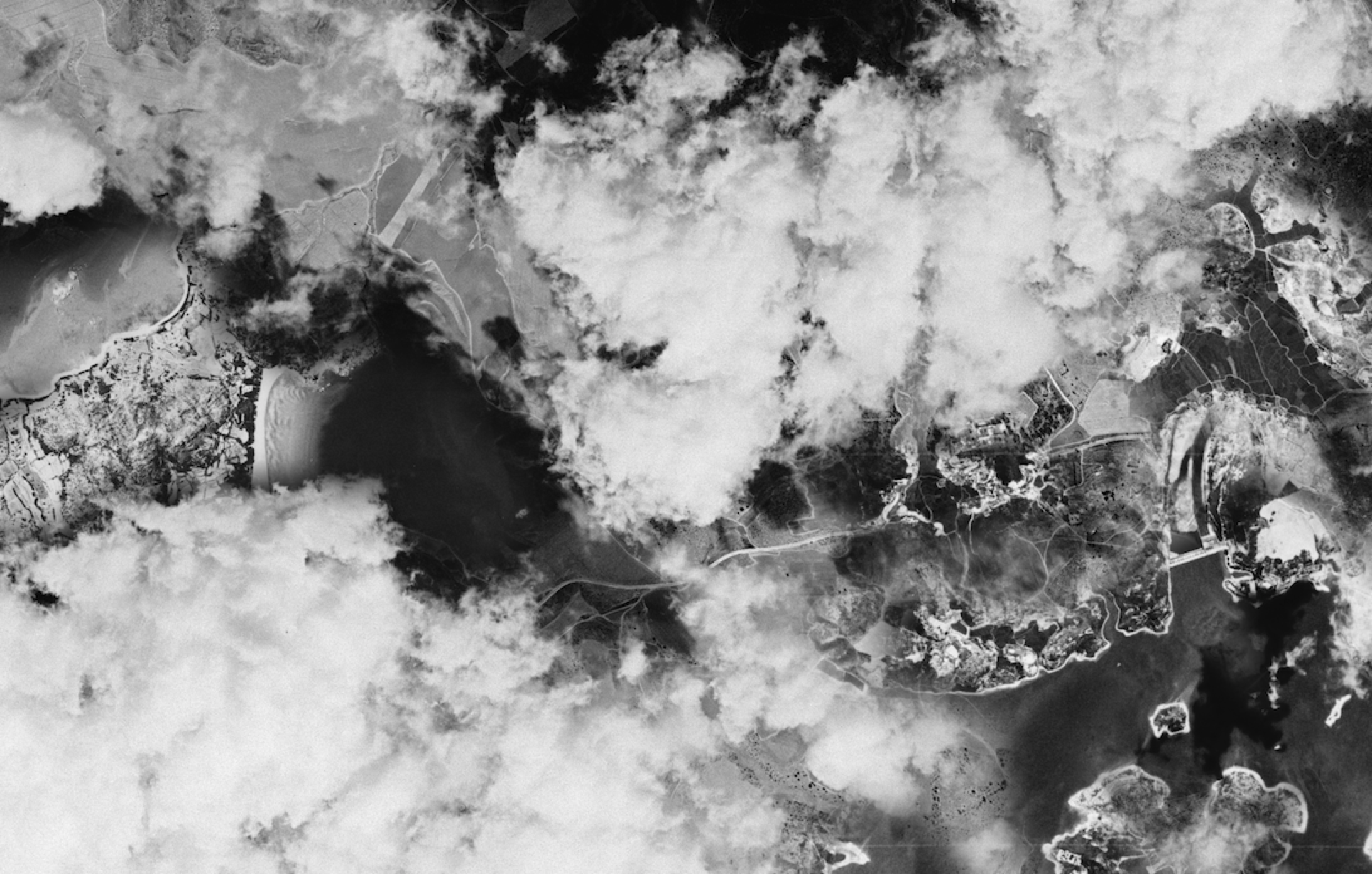
从大连港到地中海/尺寸可变/2022
From the DaLian Port to Mediterranean

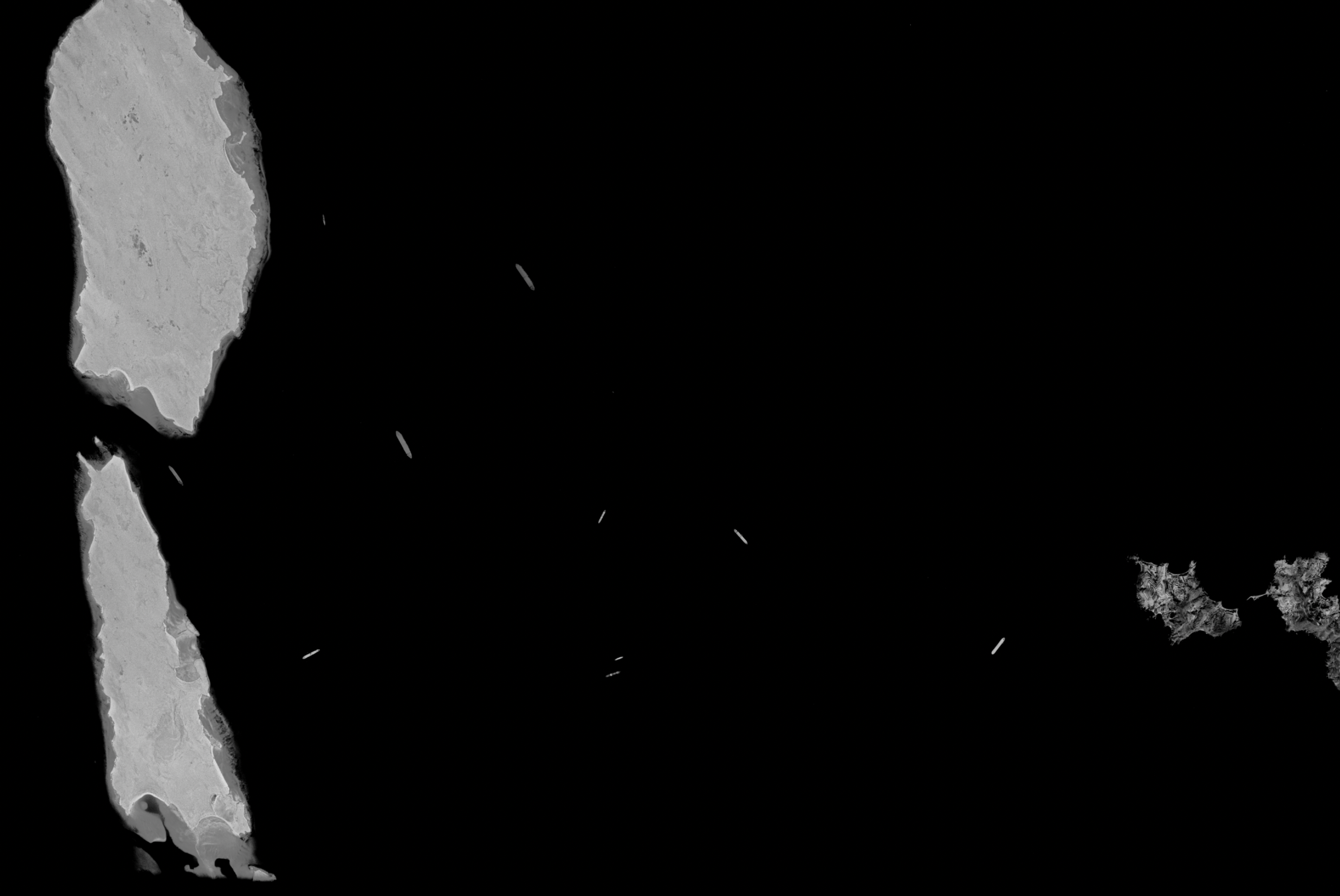
航道-从亚丁湾到墨西哥湾/尺寸可变/2022
From the Gulf of Aden to the Gulf of Mexico

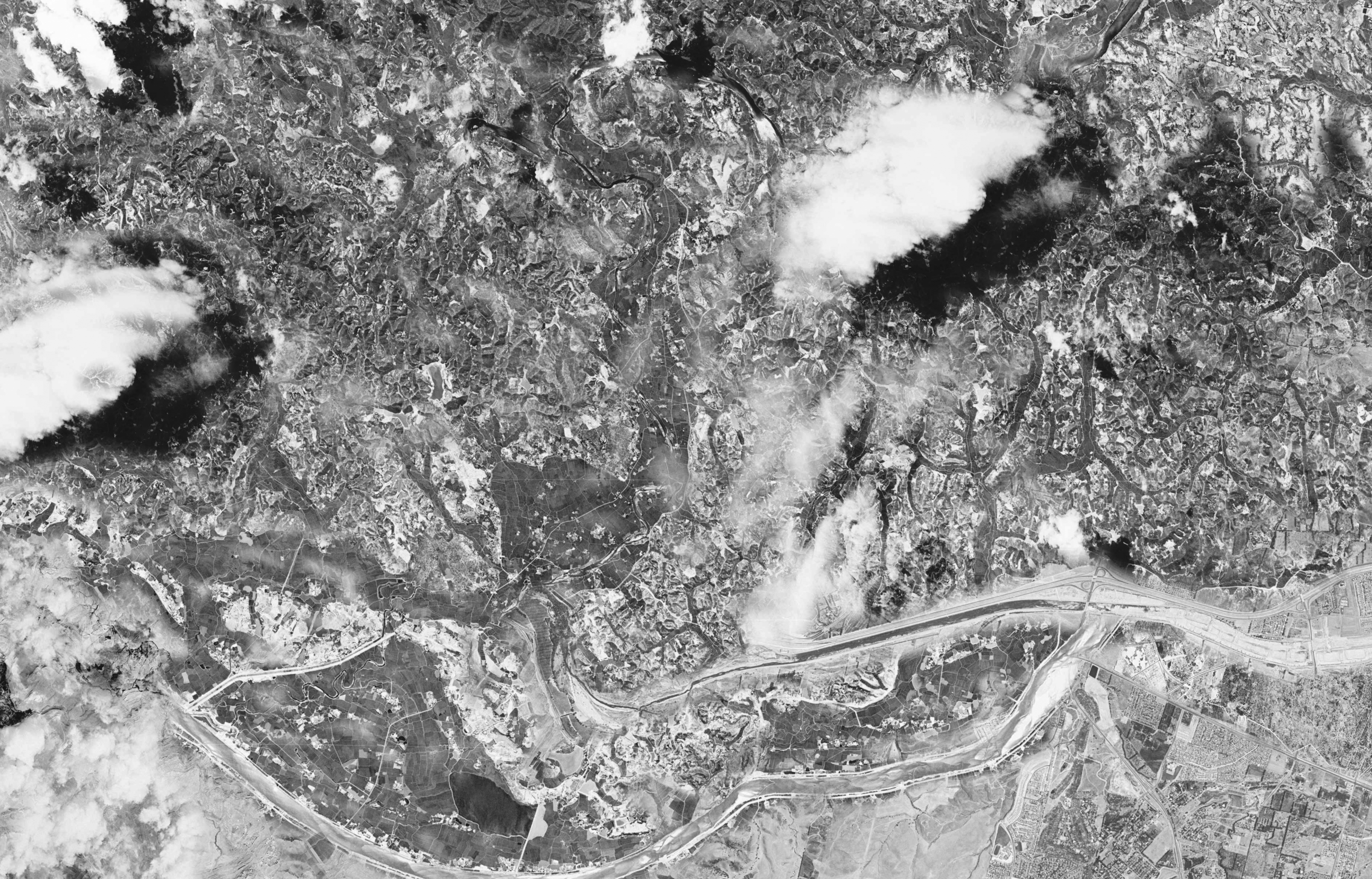
耶路撒冷-乌兰巴托-洛杉矶/尺寸可变/2022
Jerusalem-Ulaanbaatar-Los Angeles







